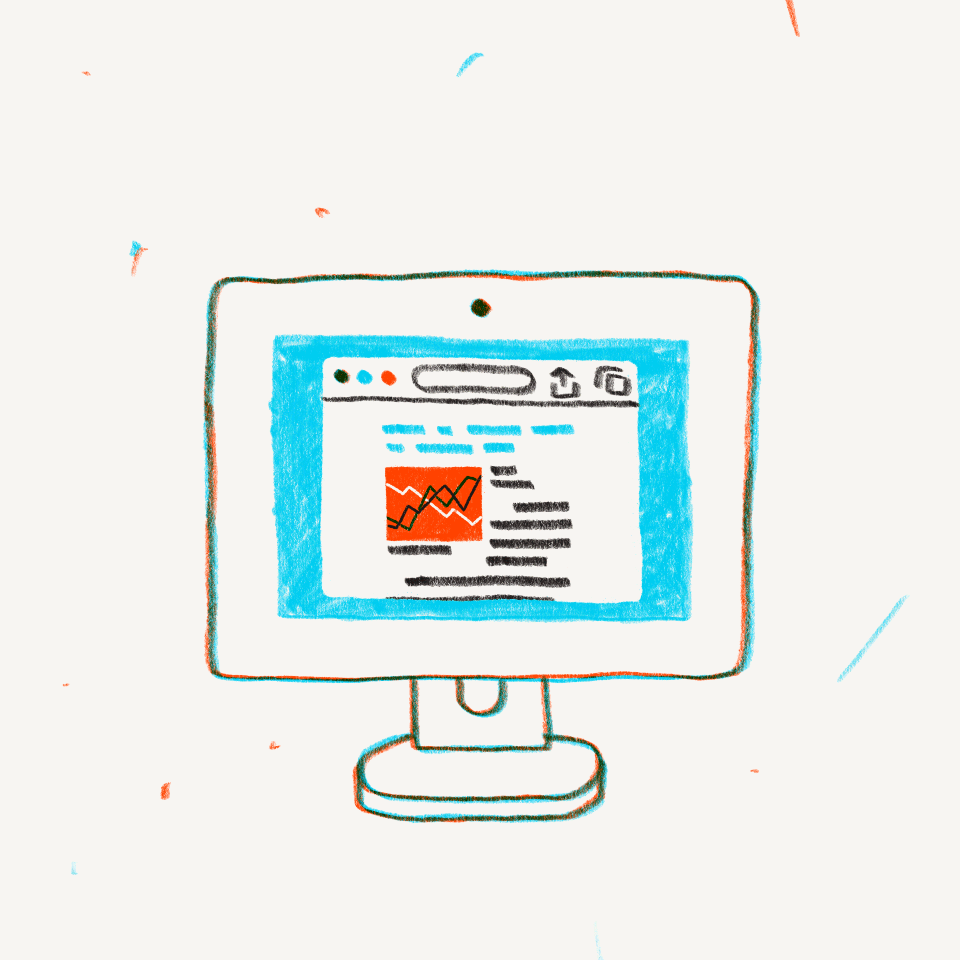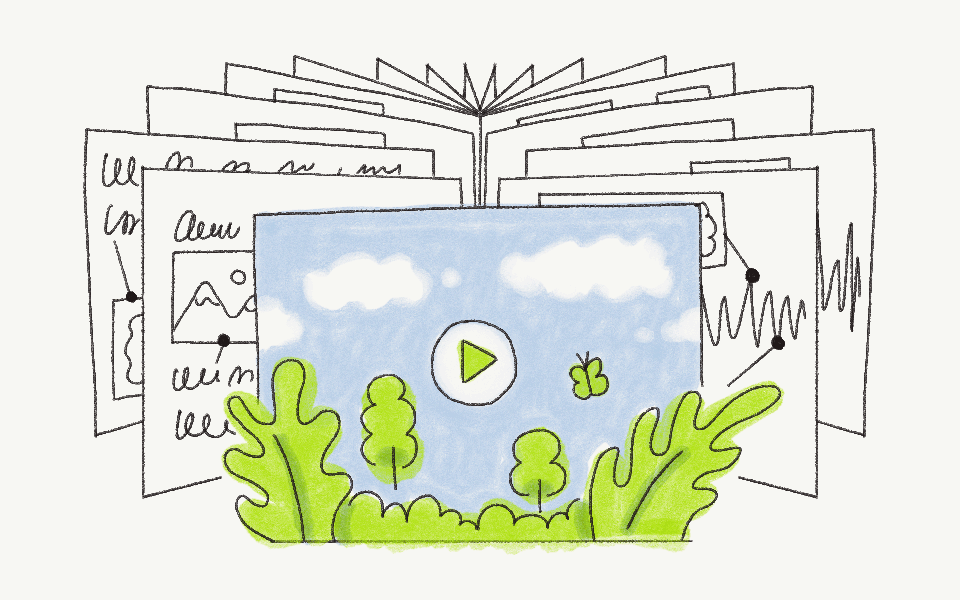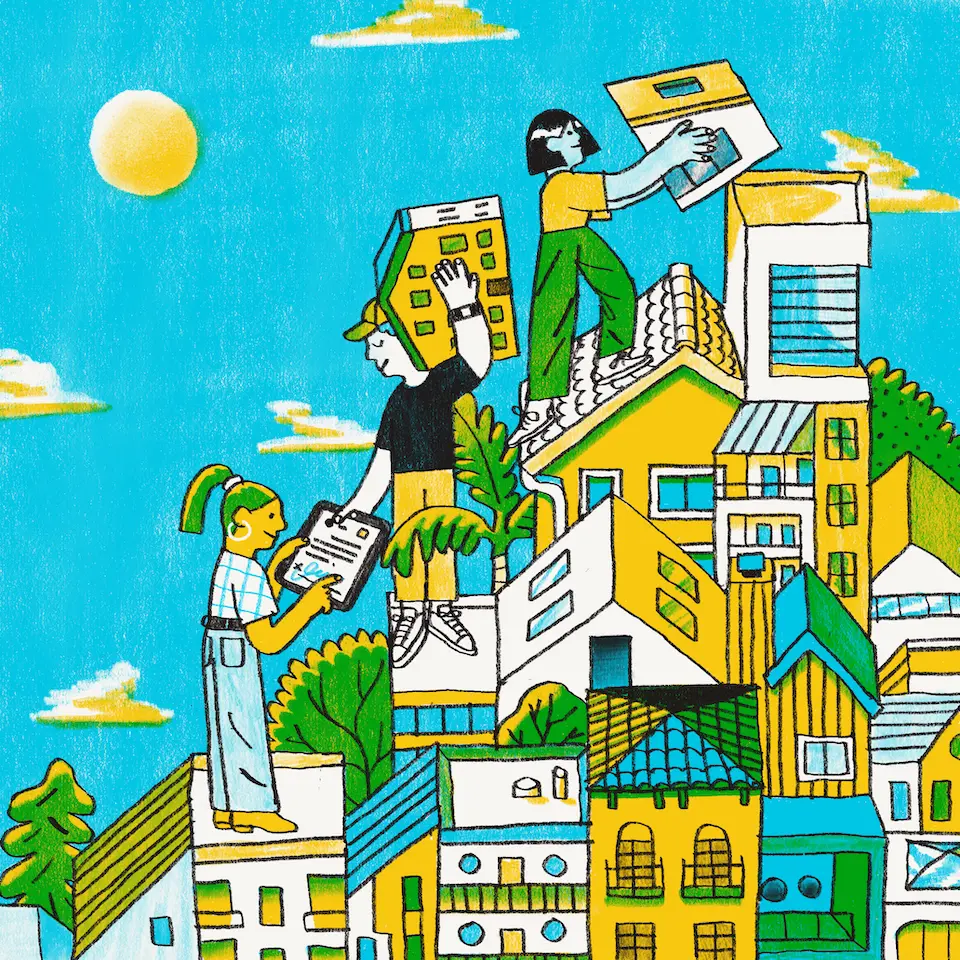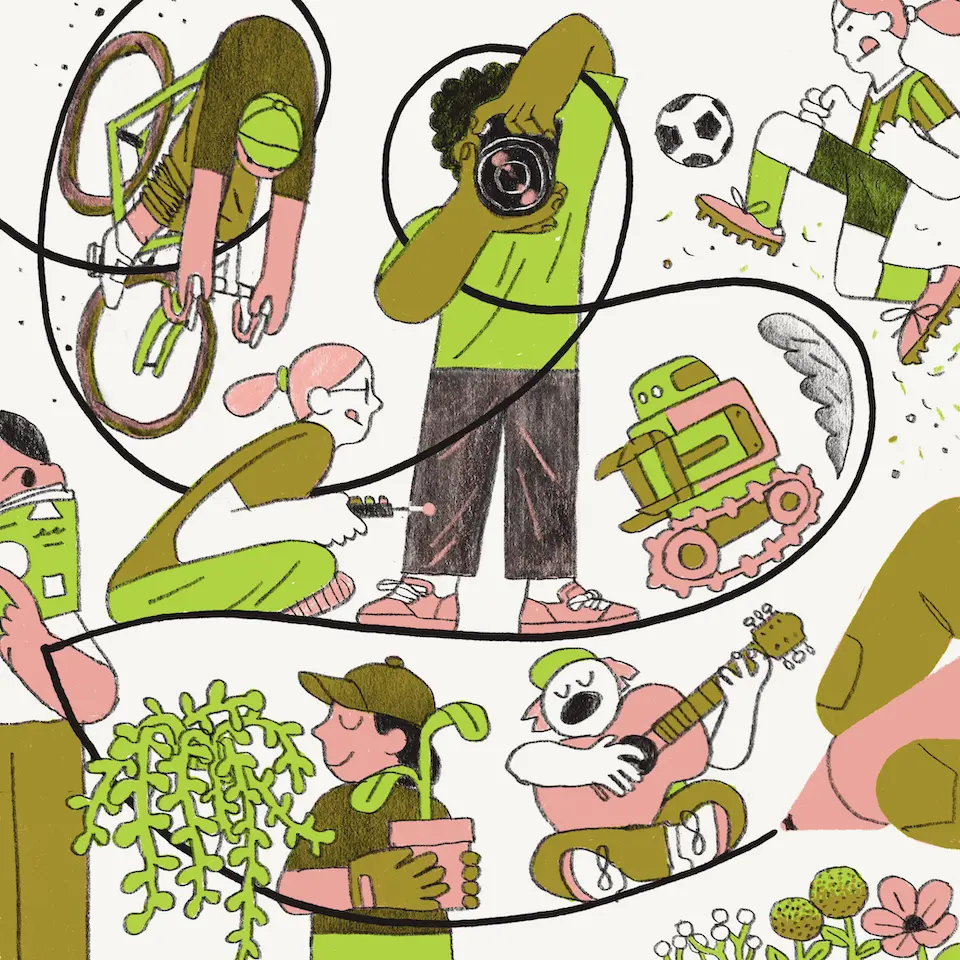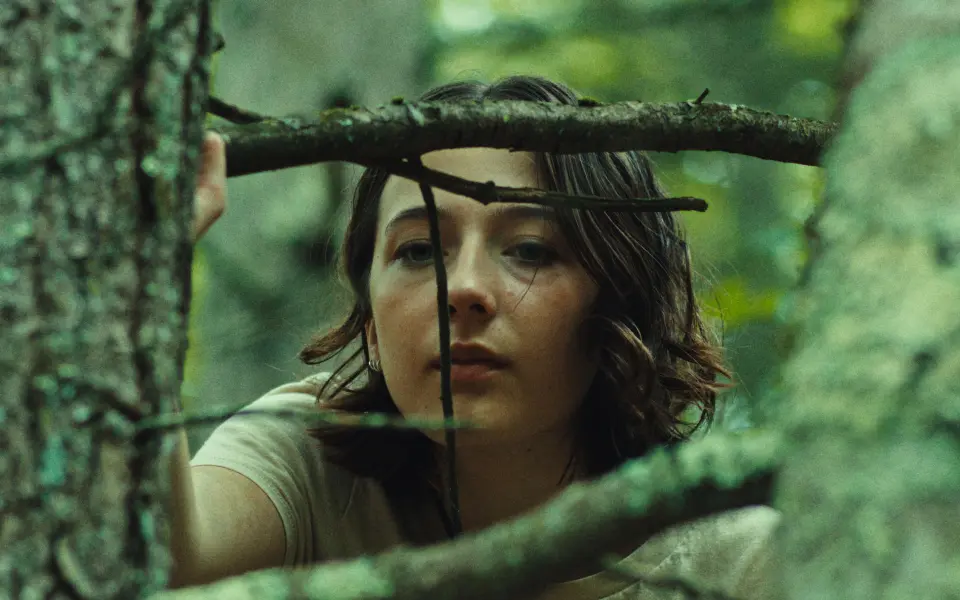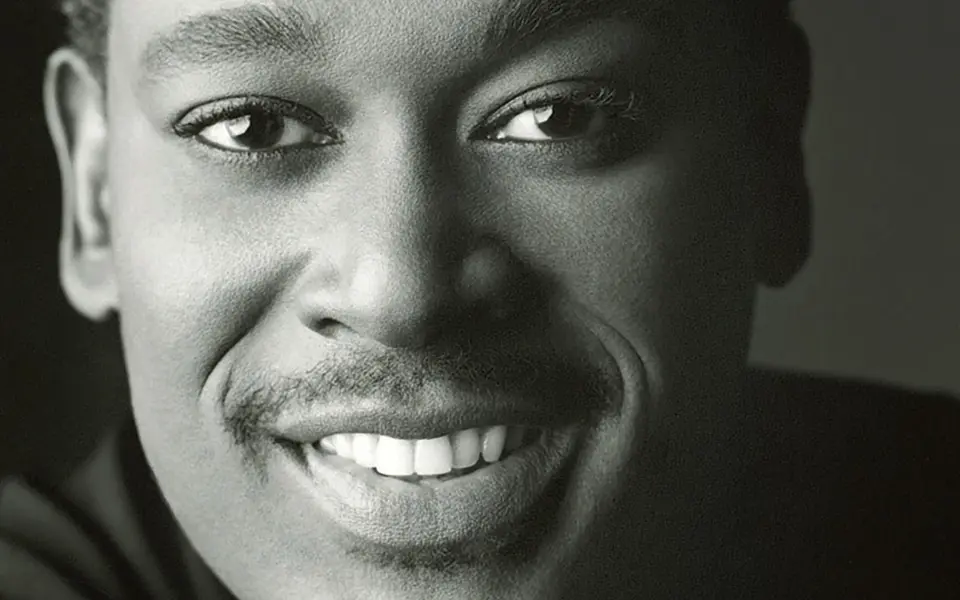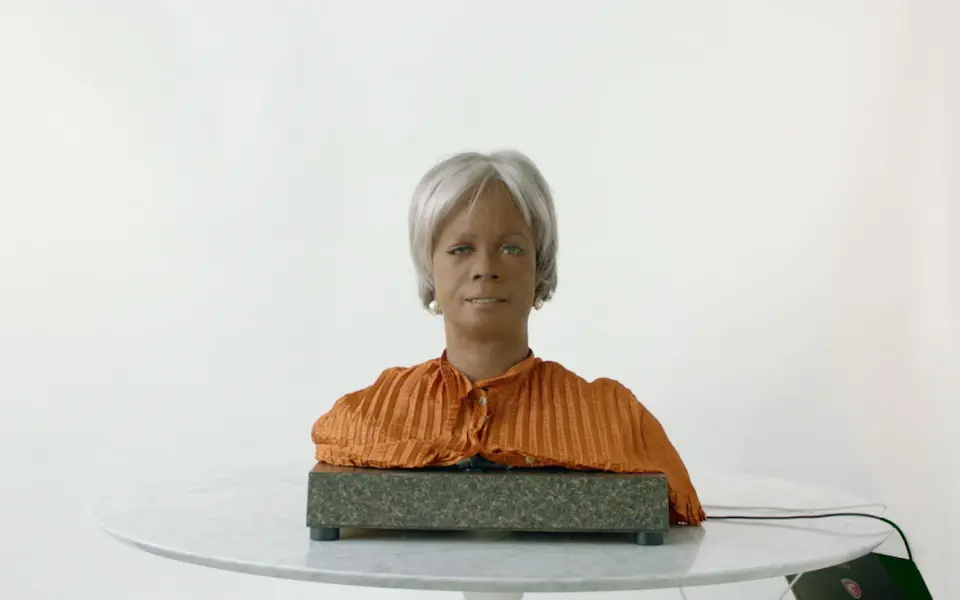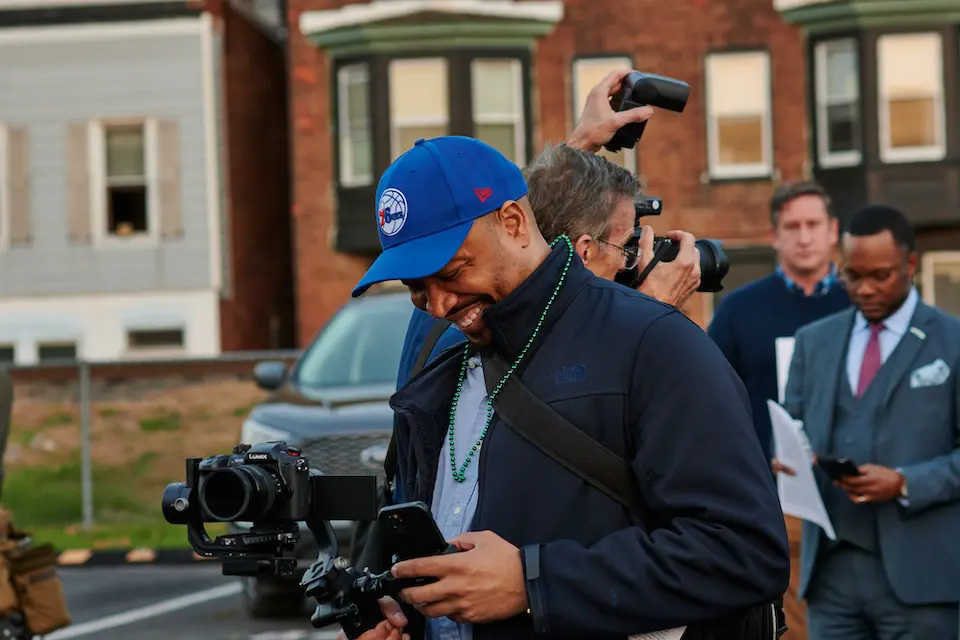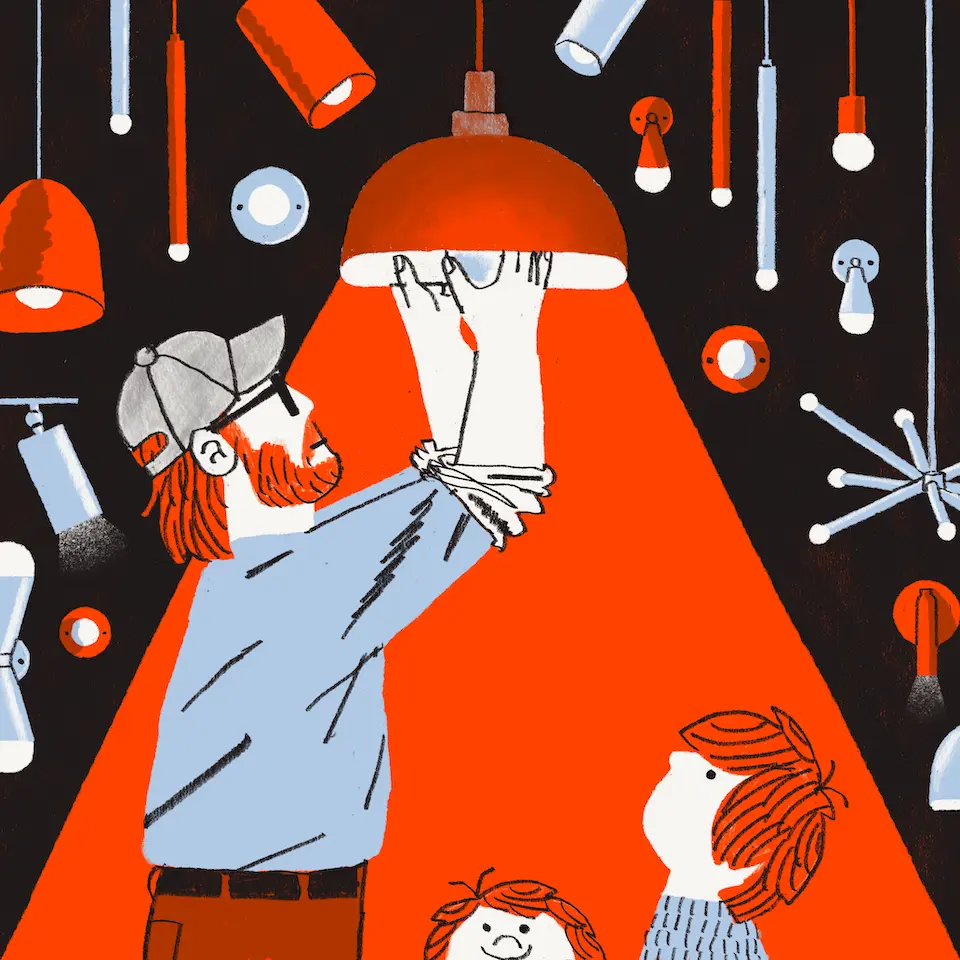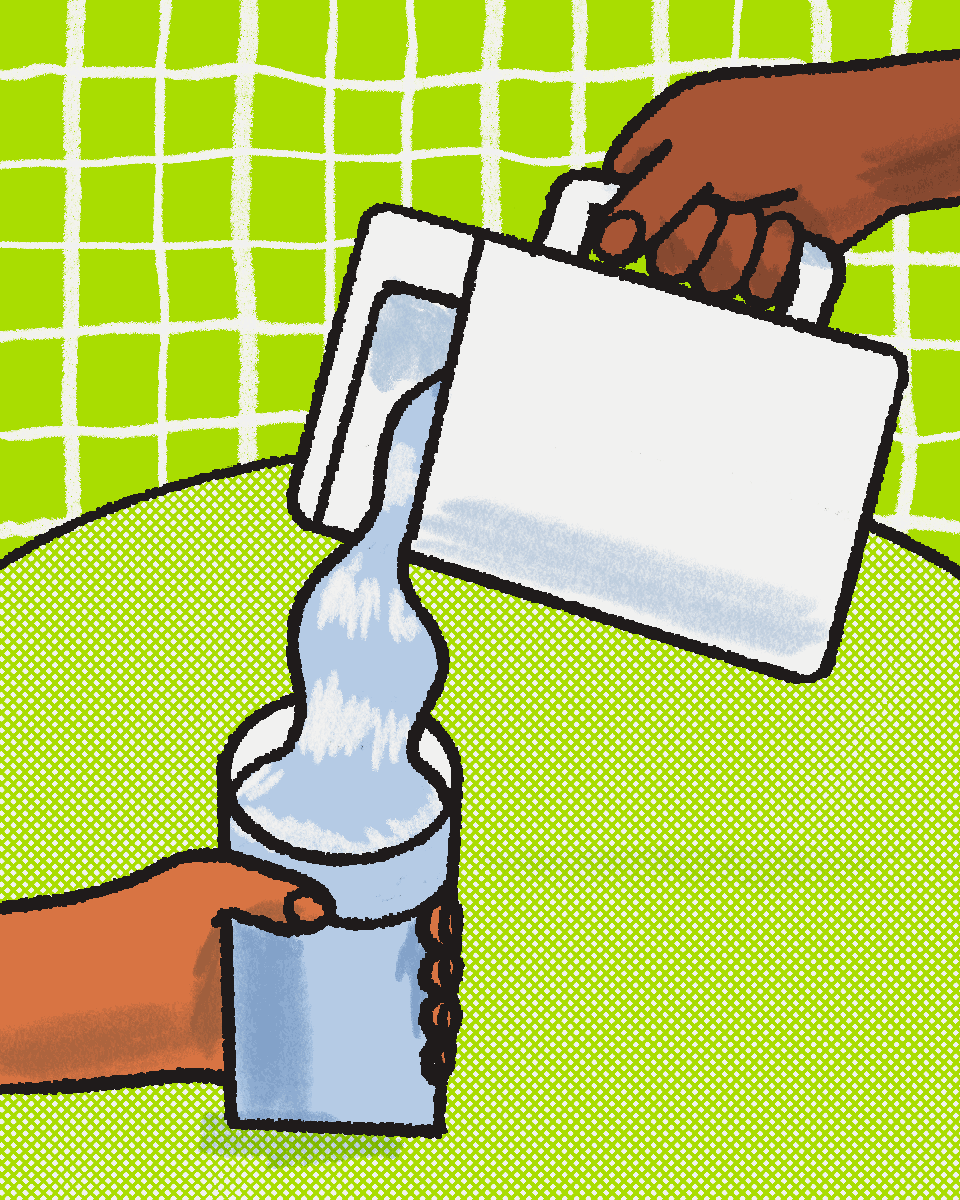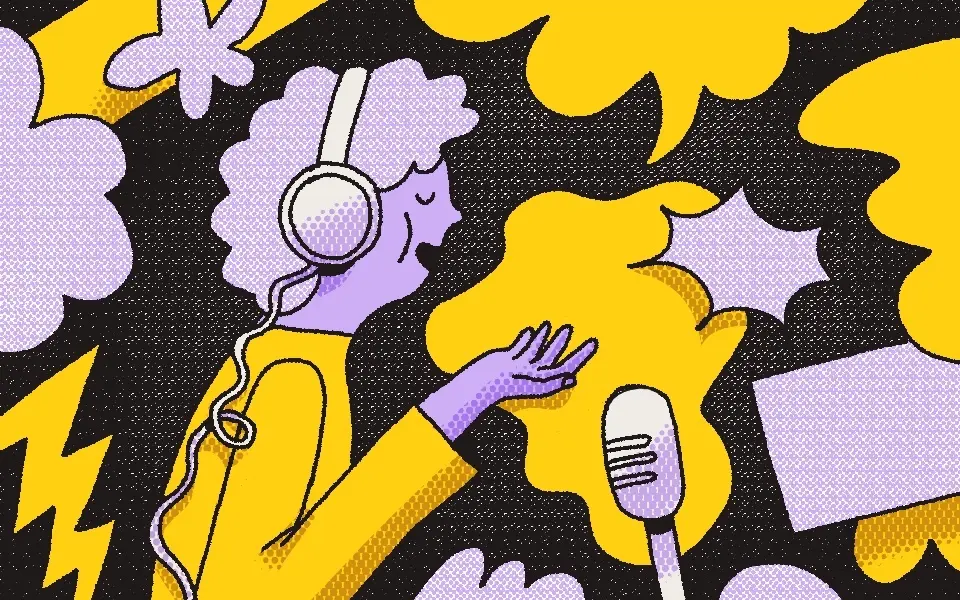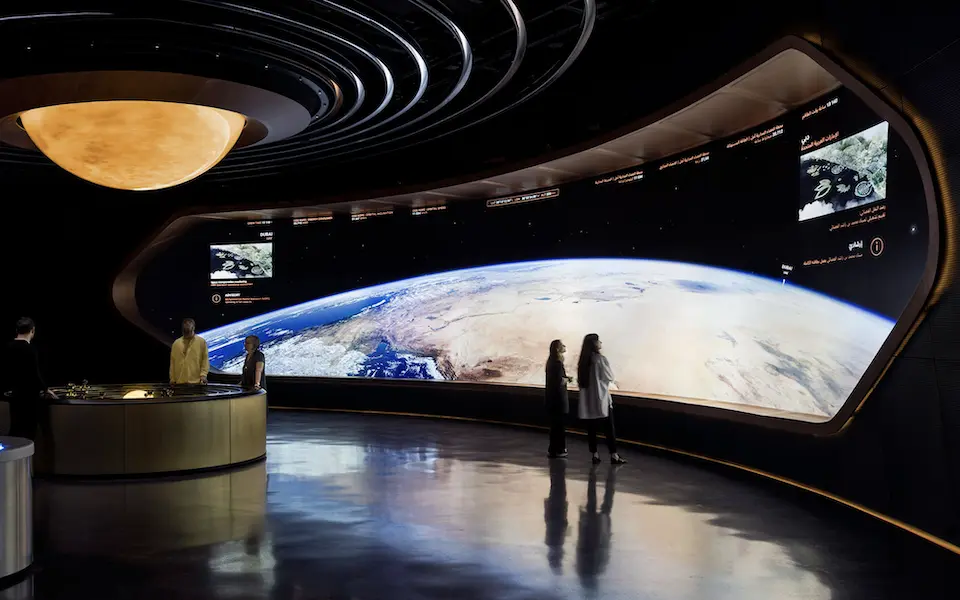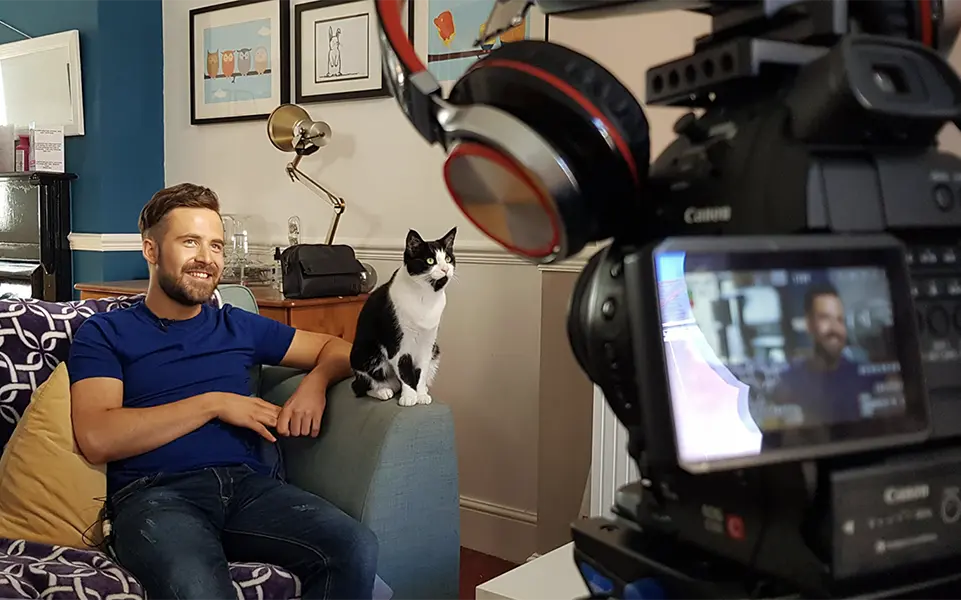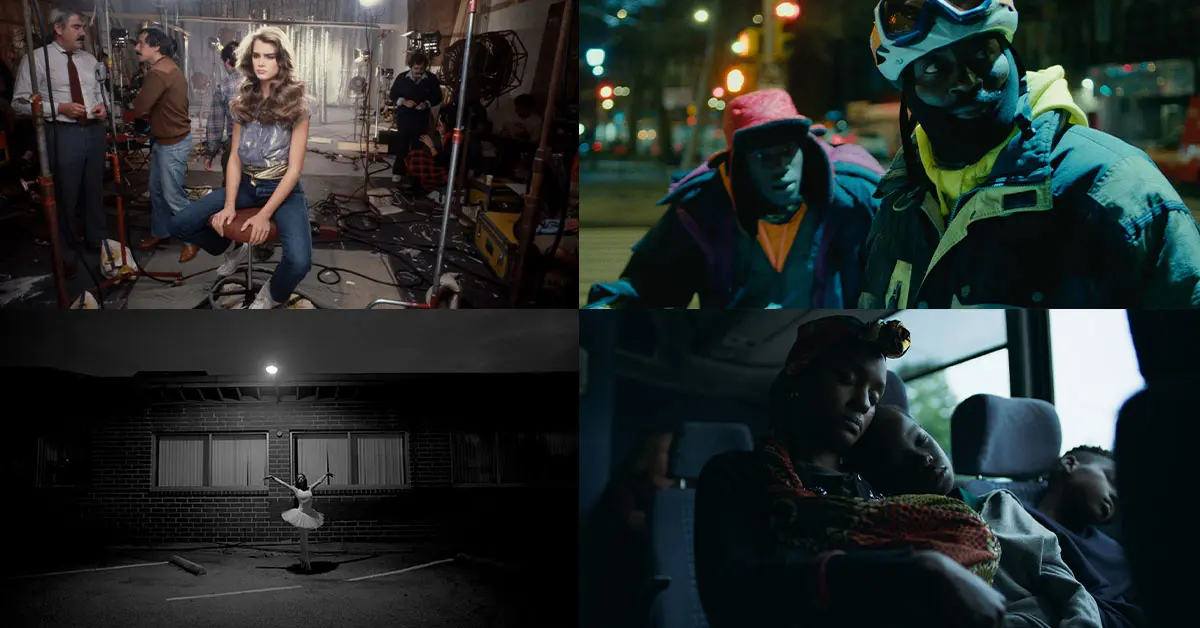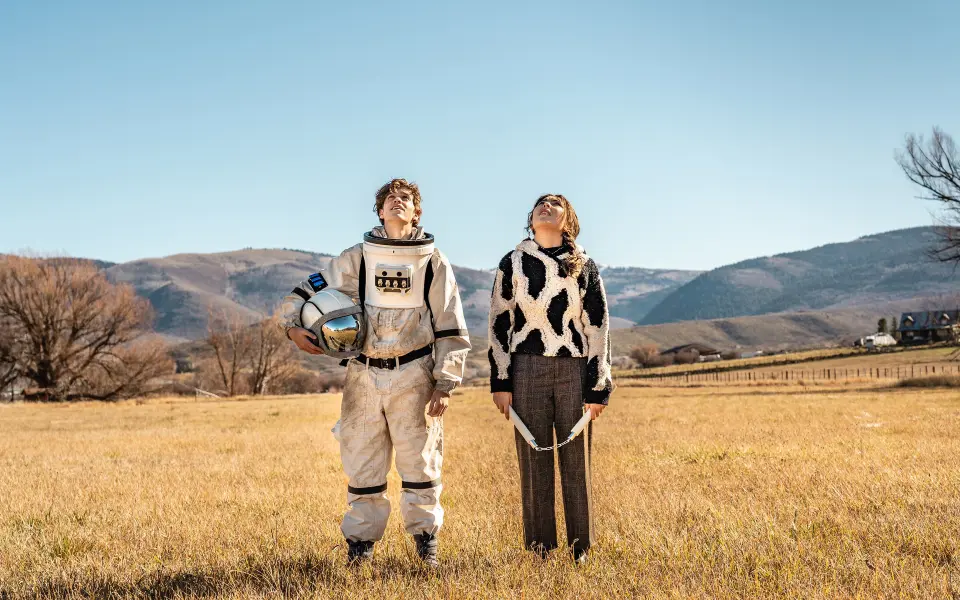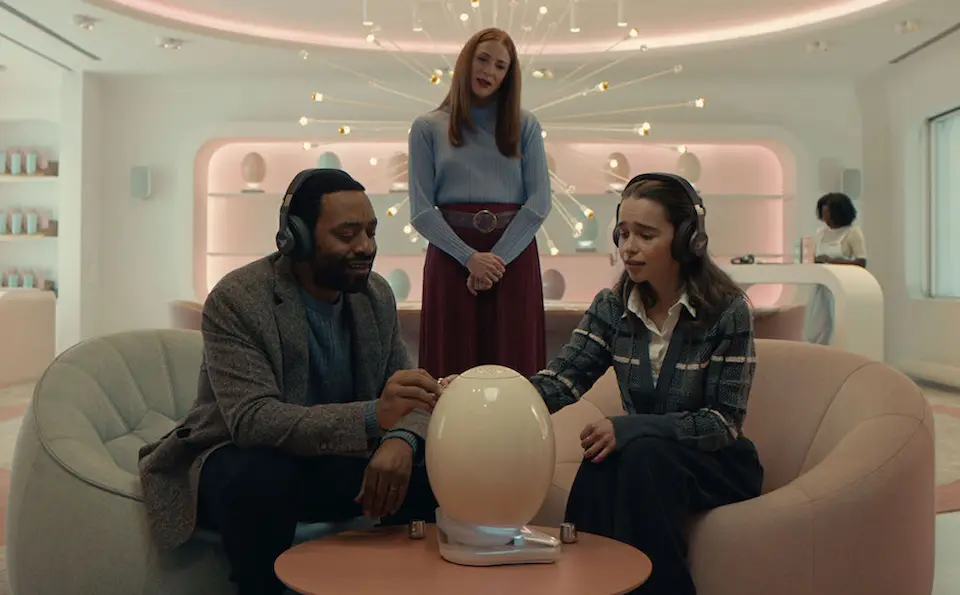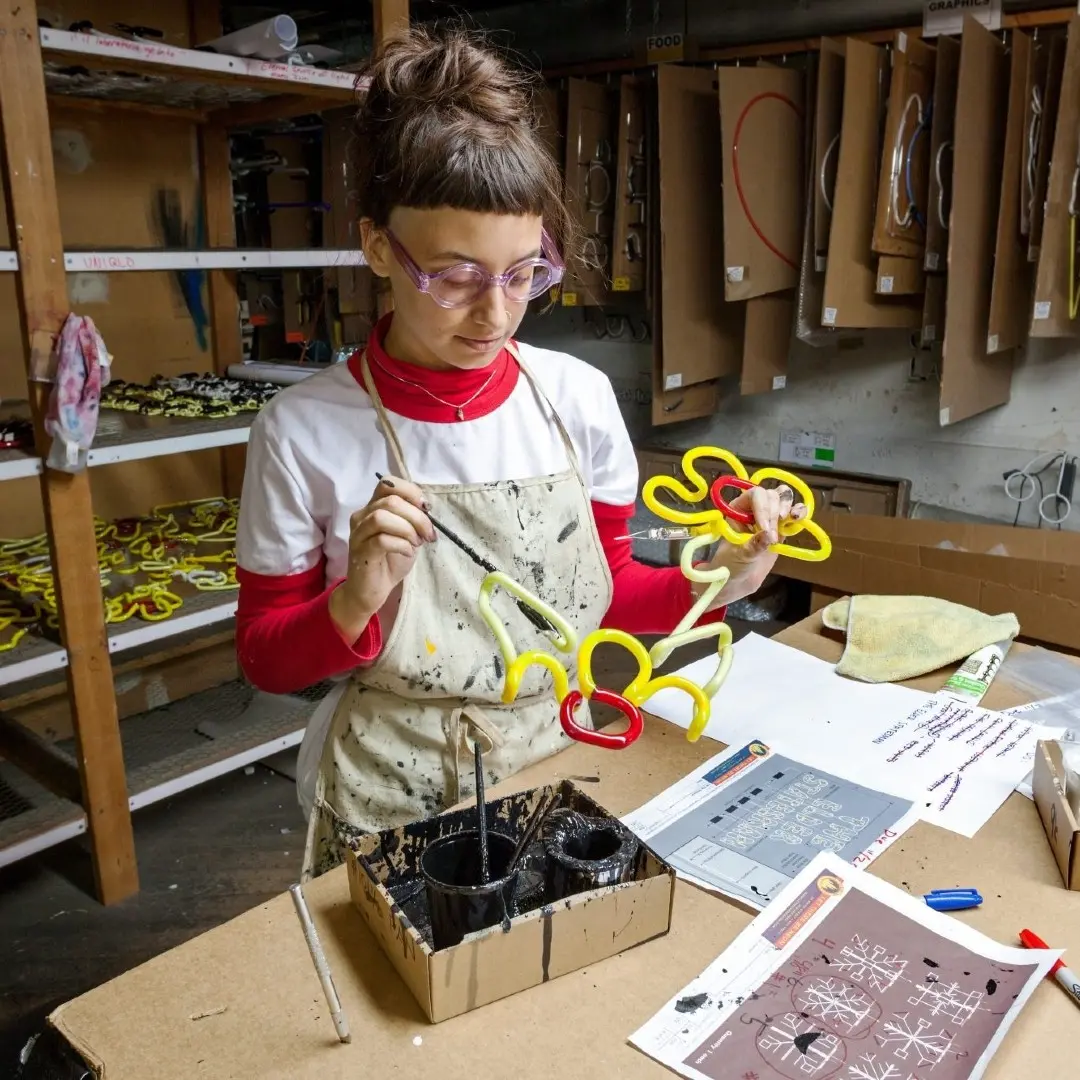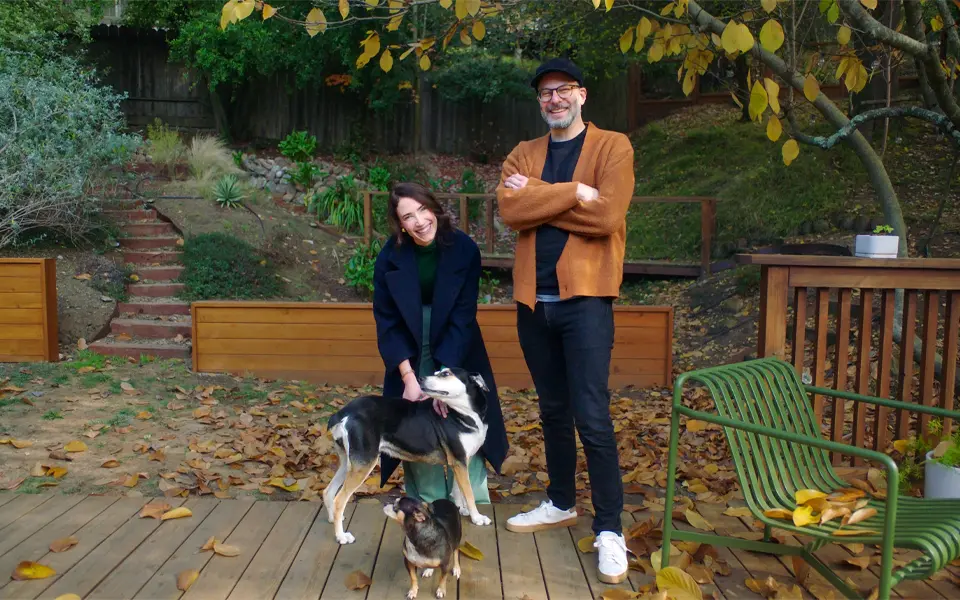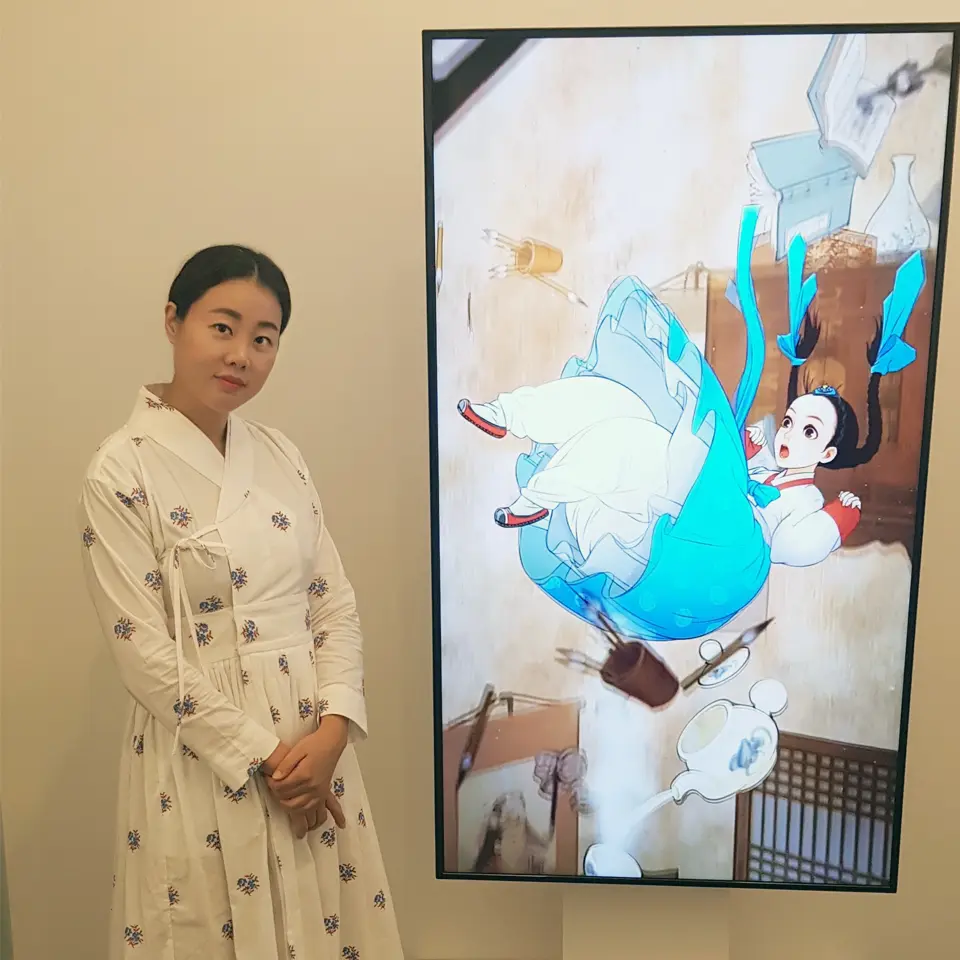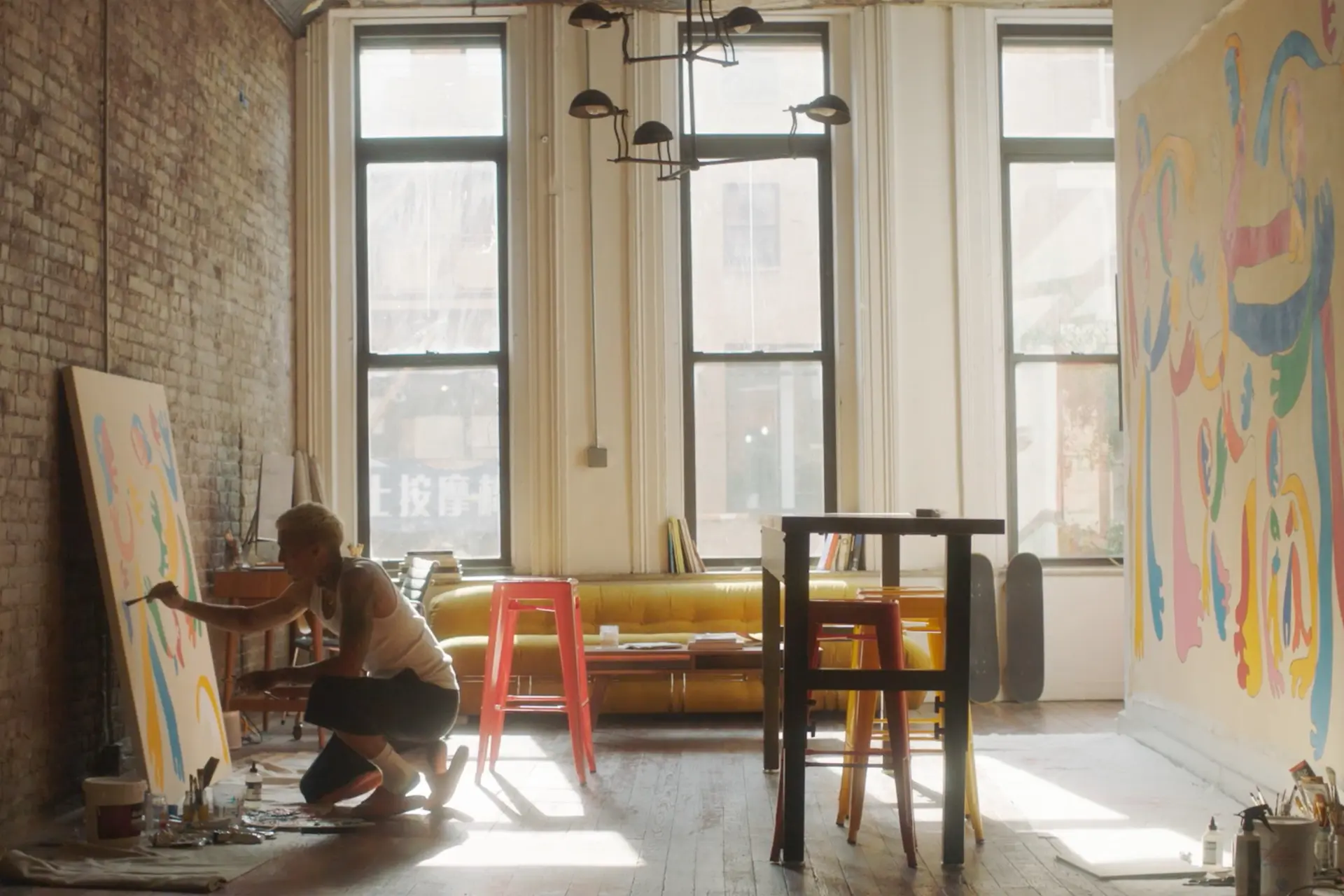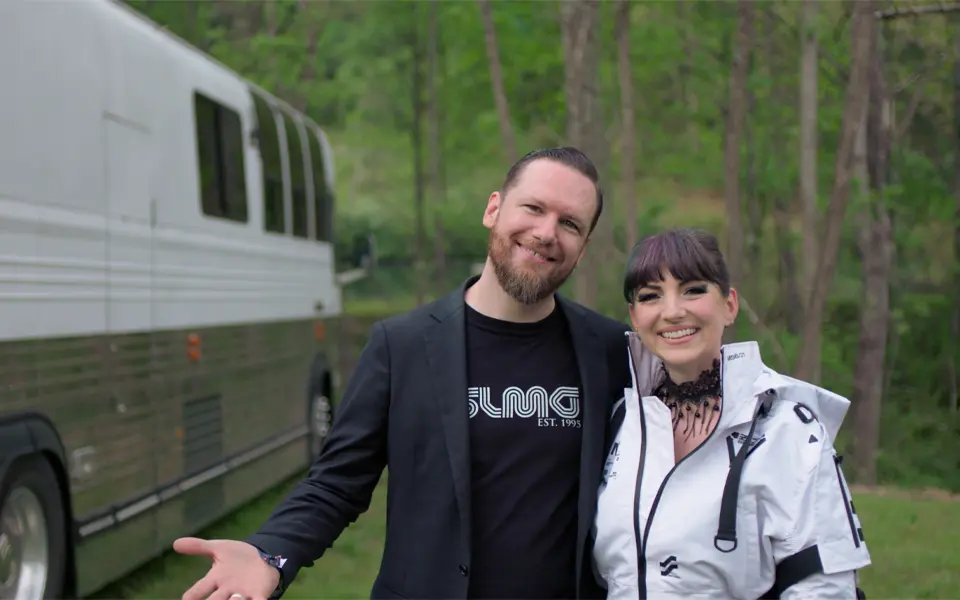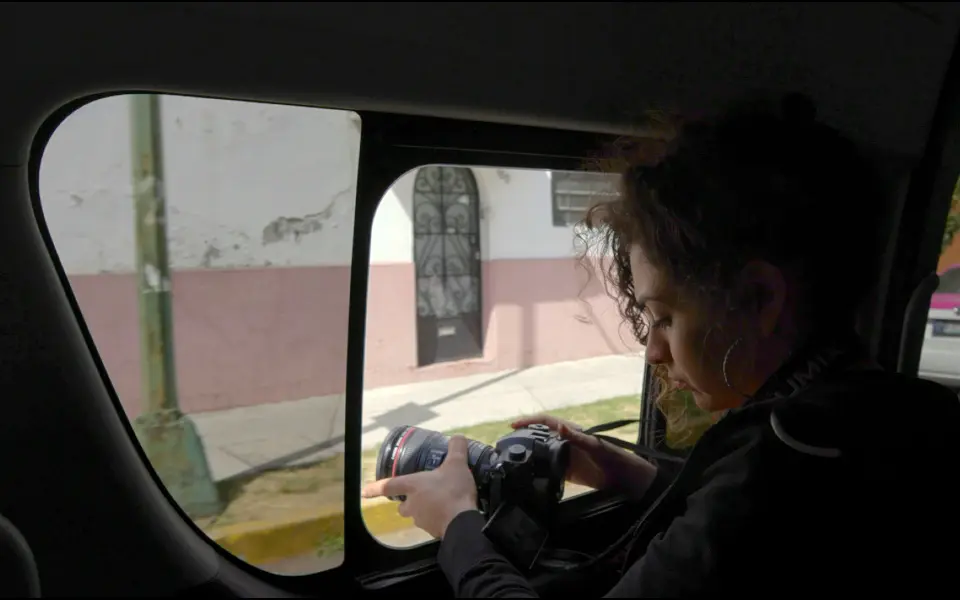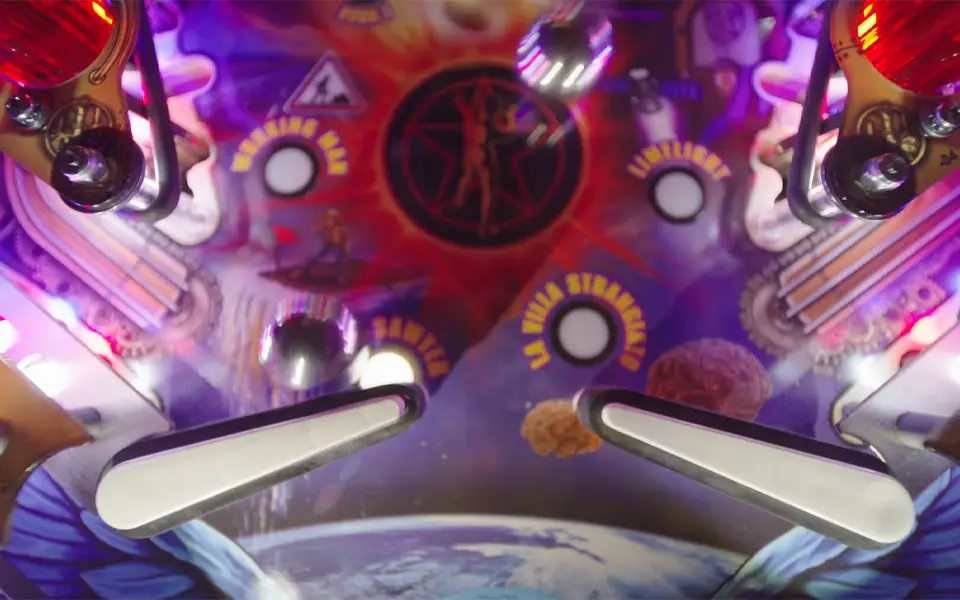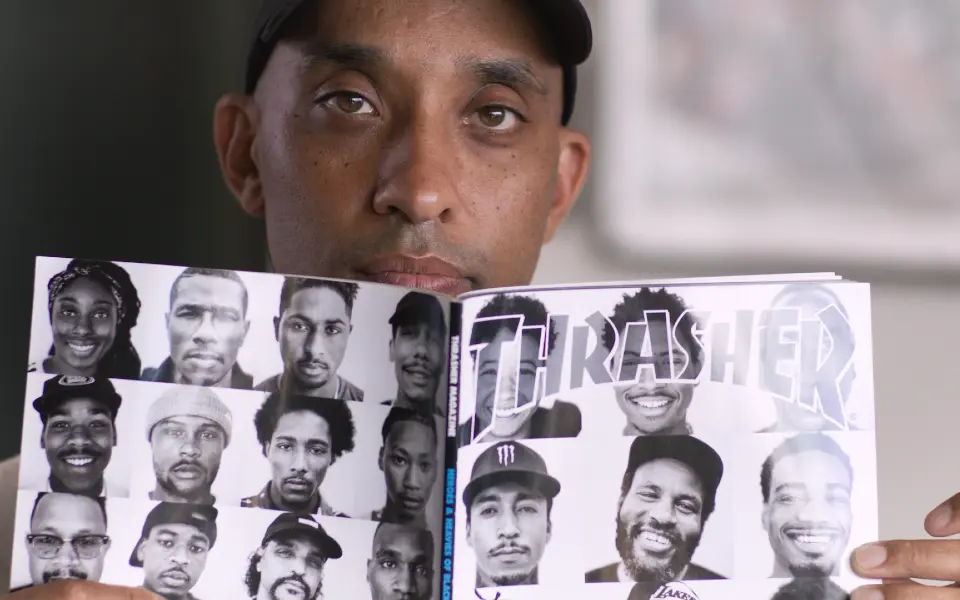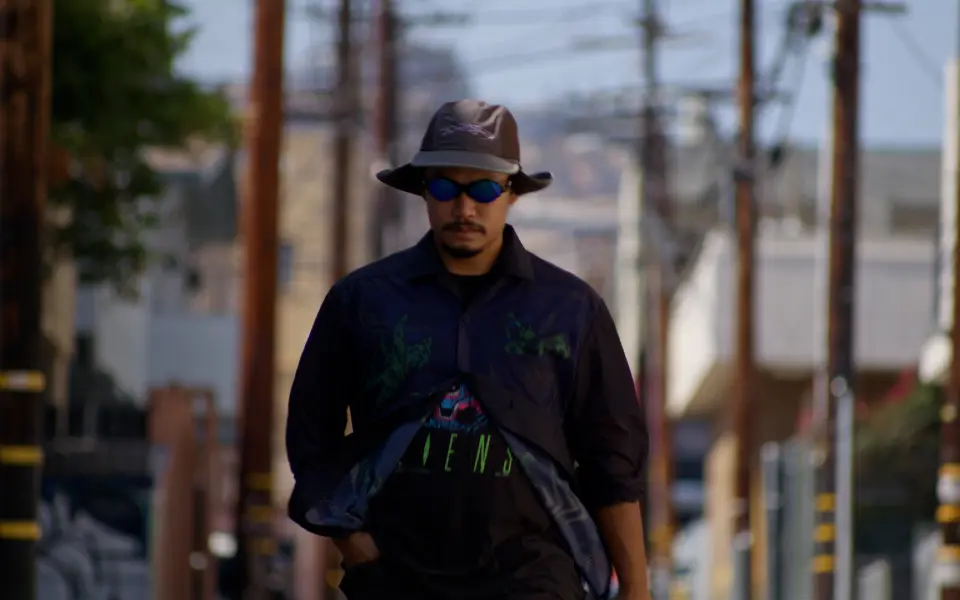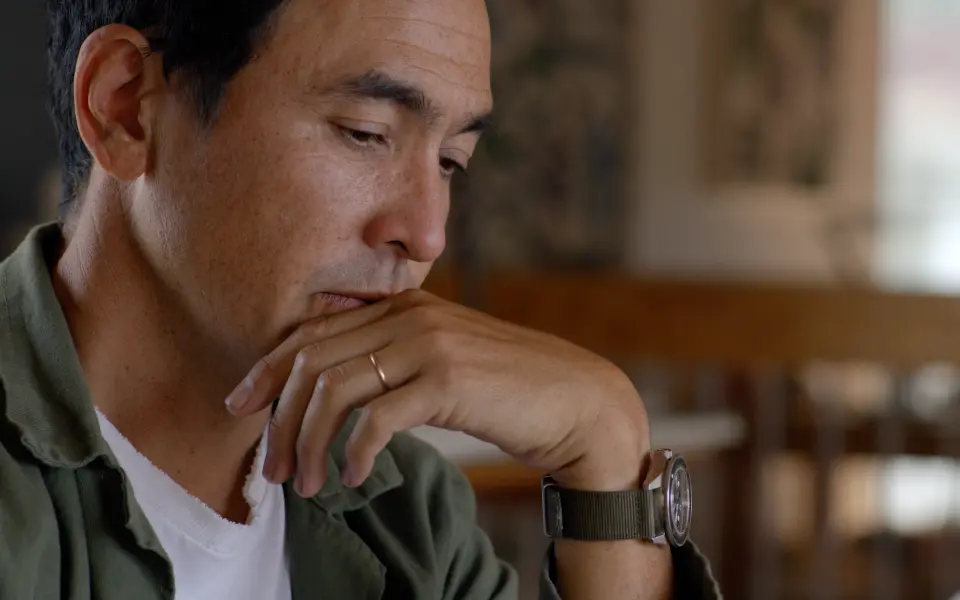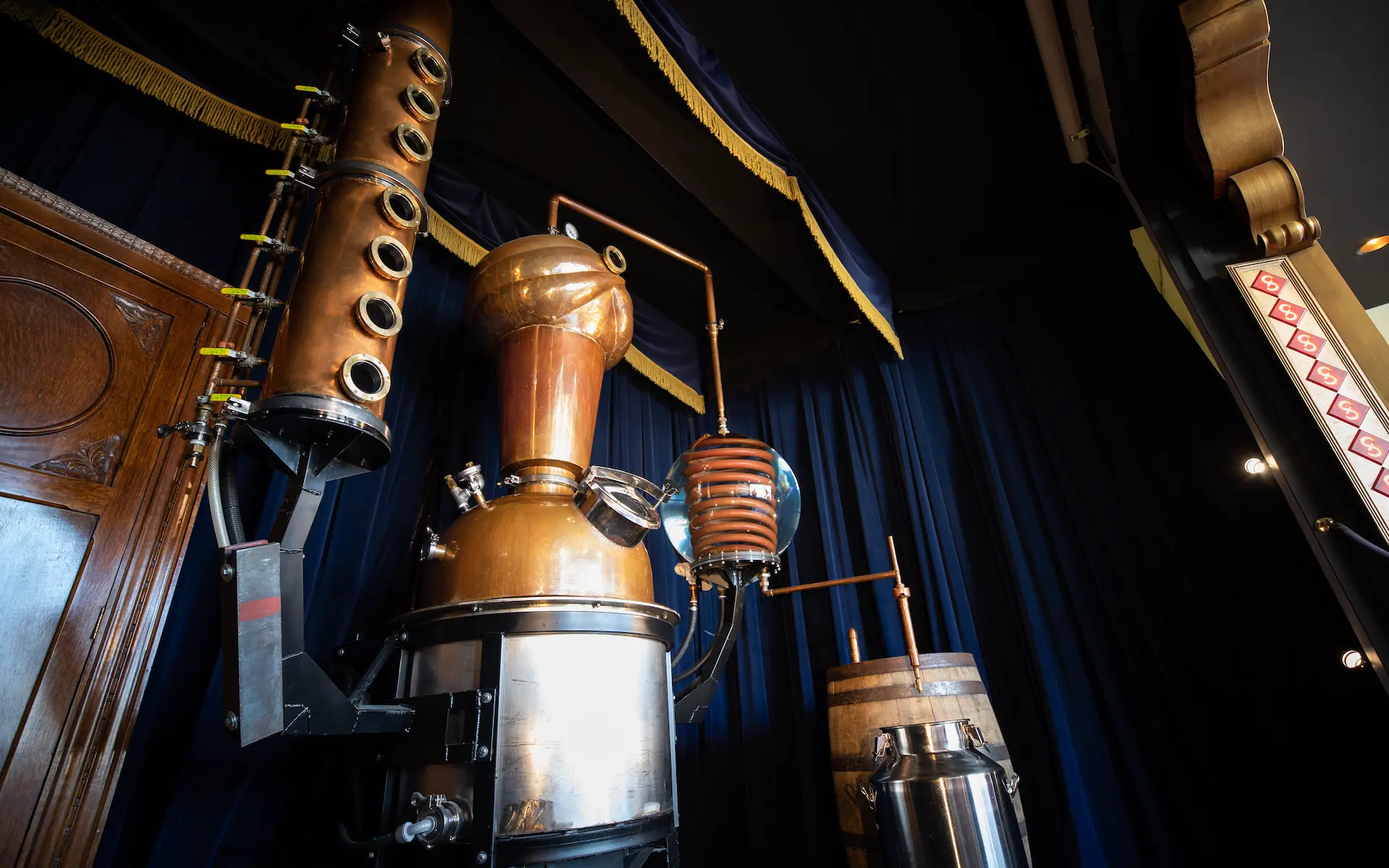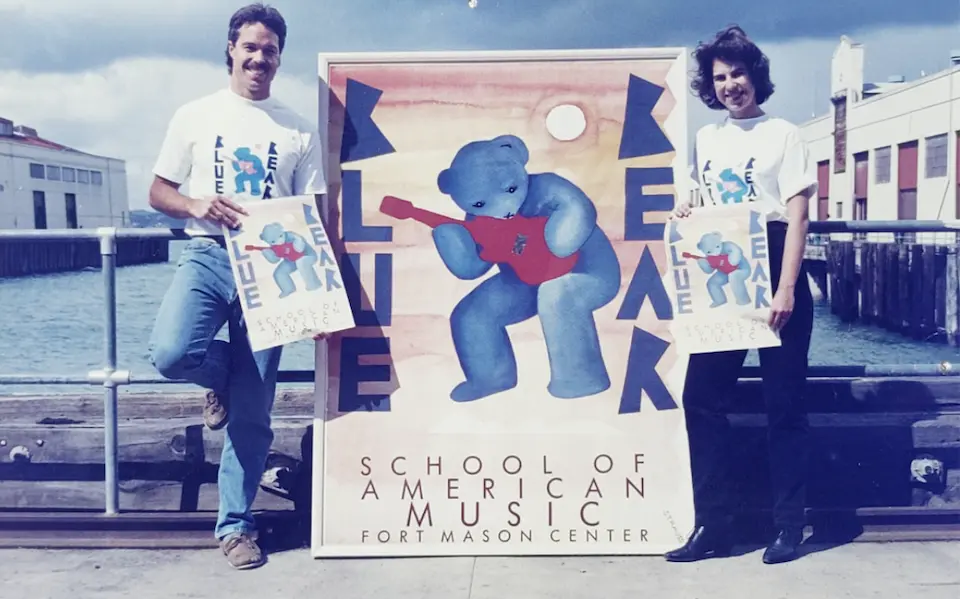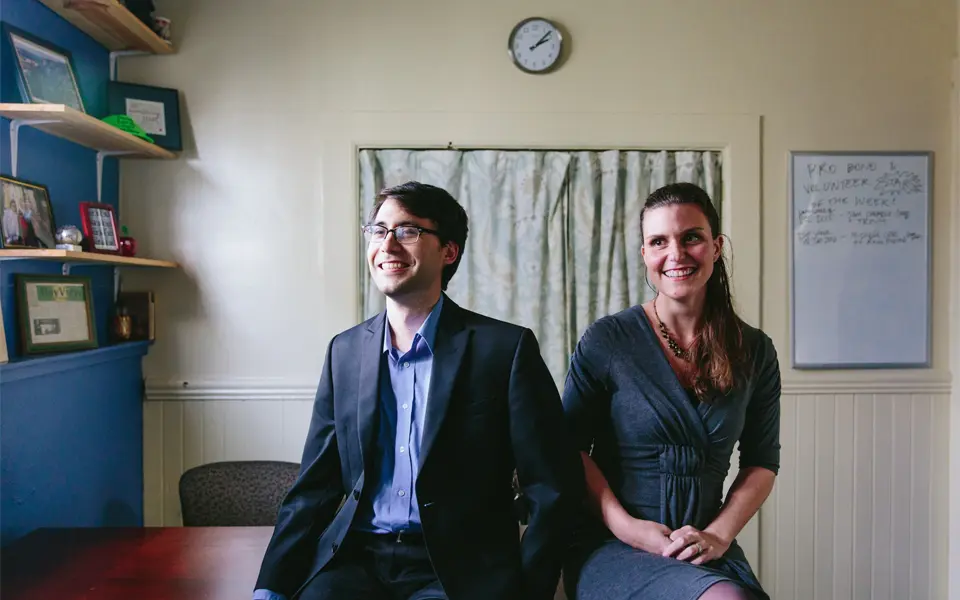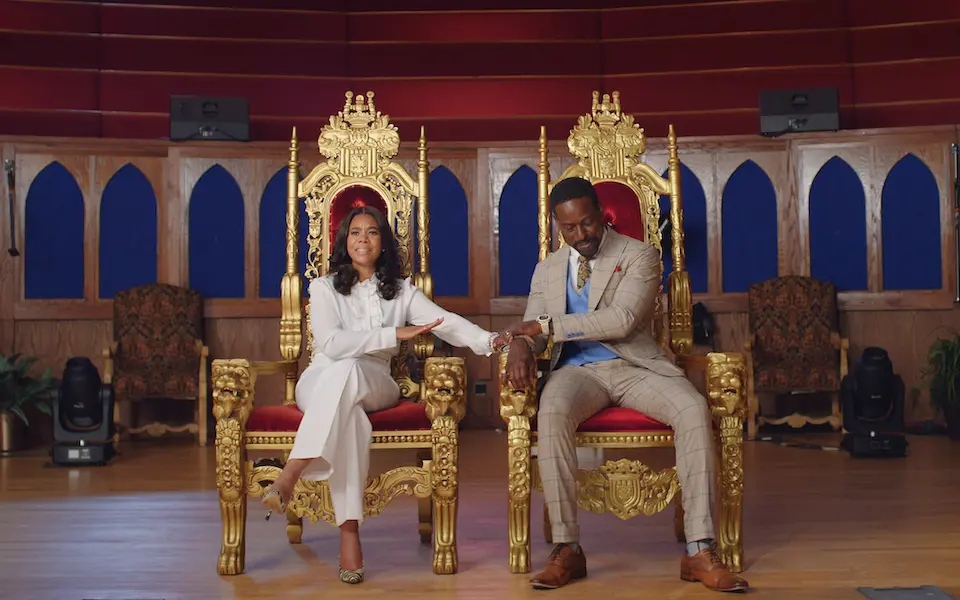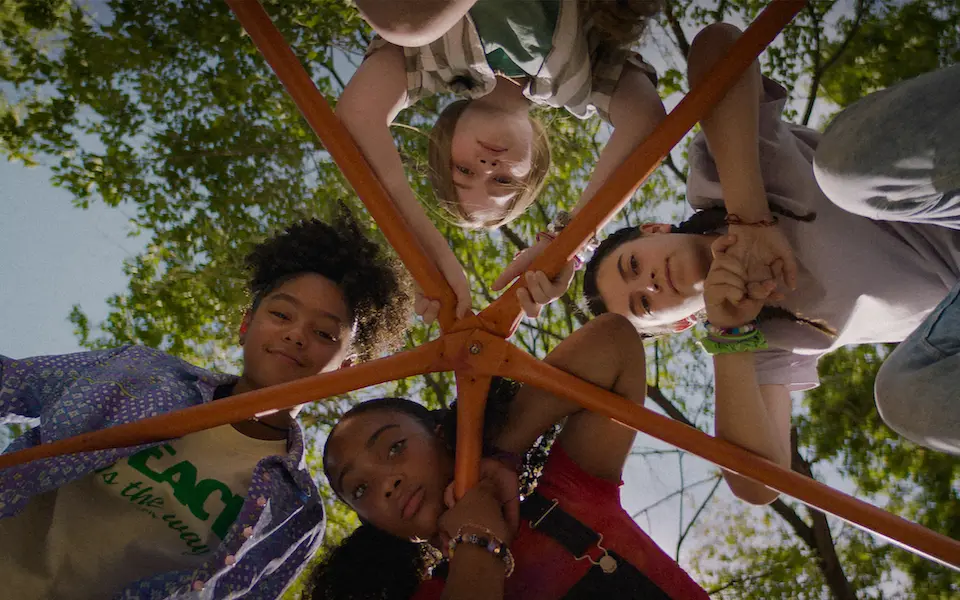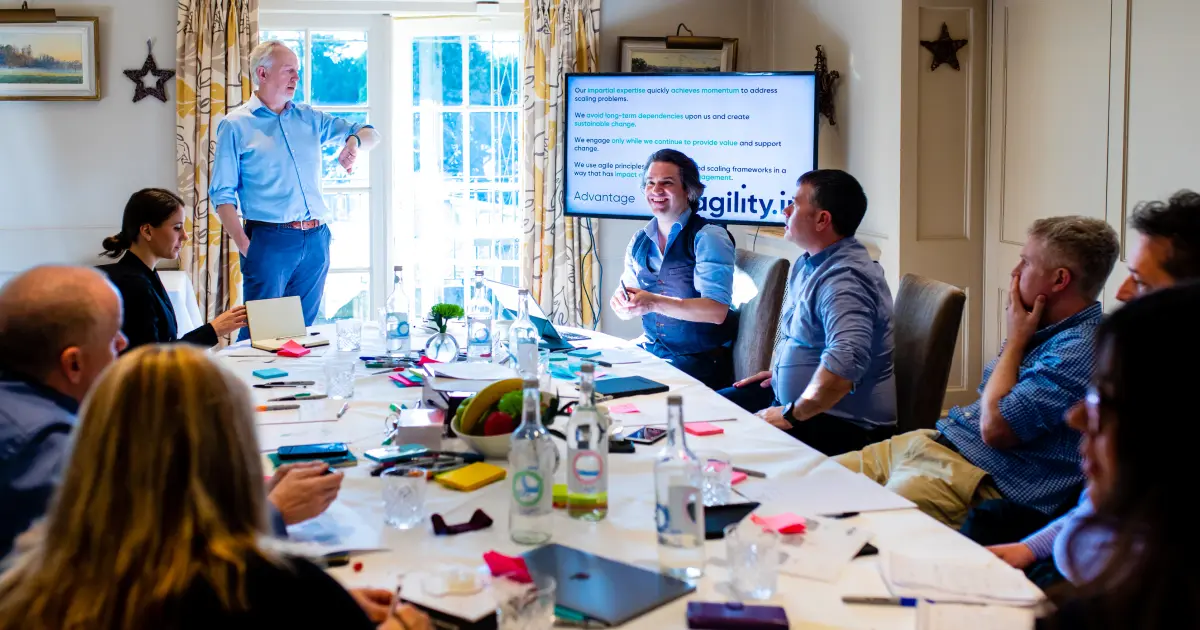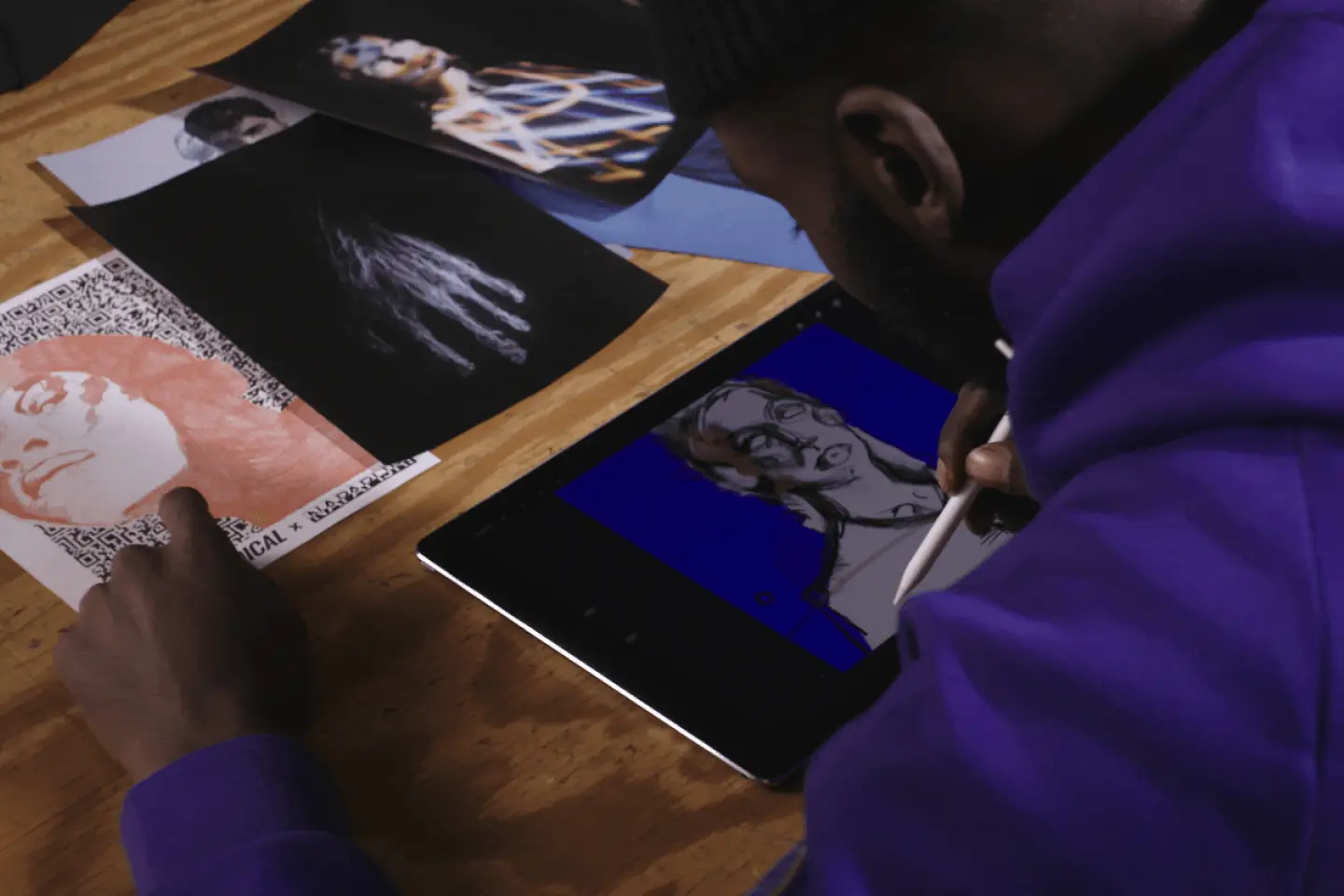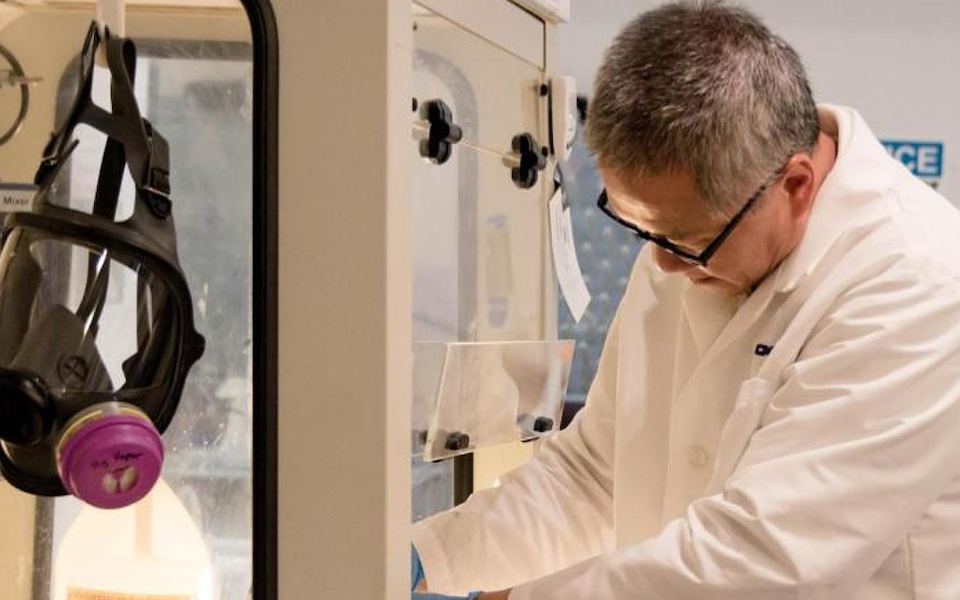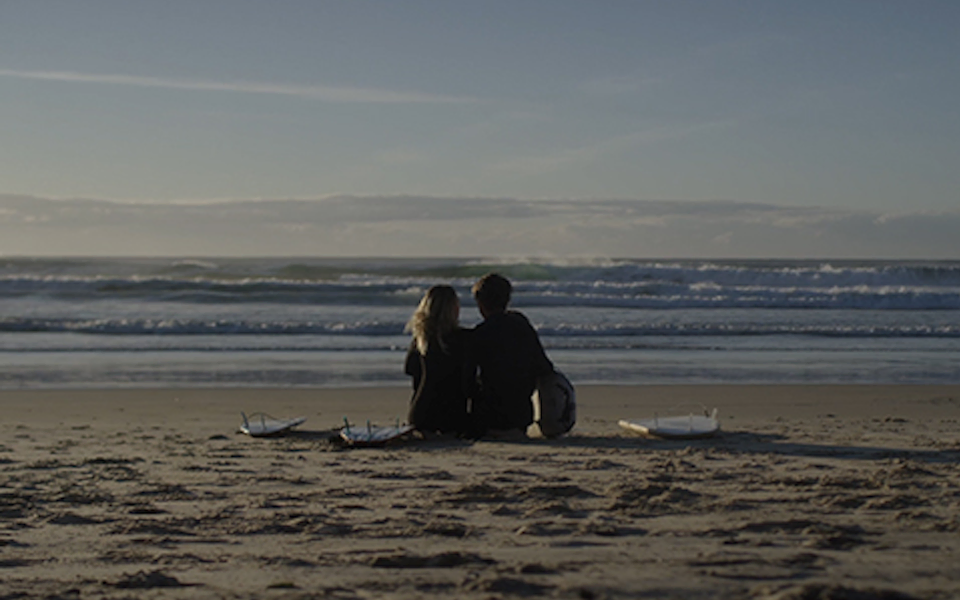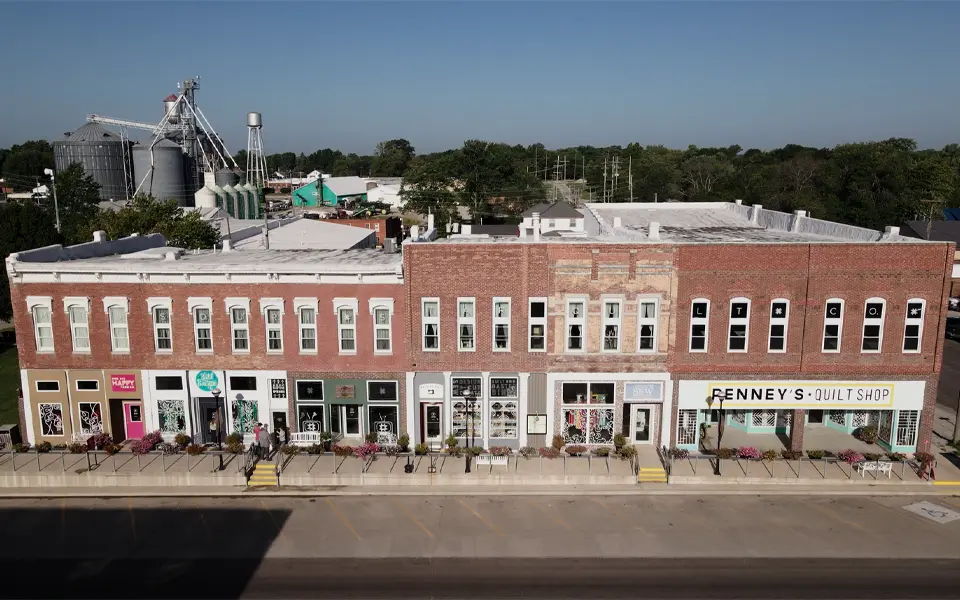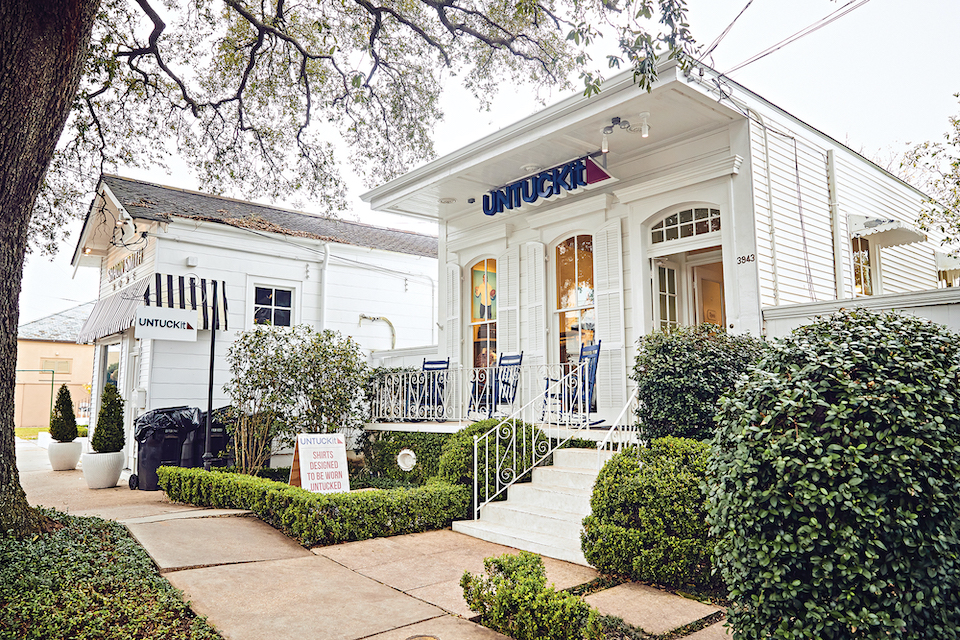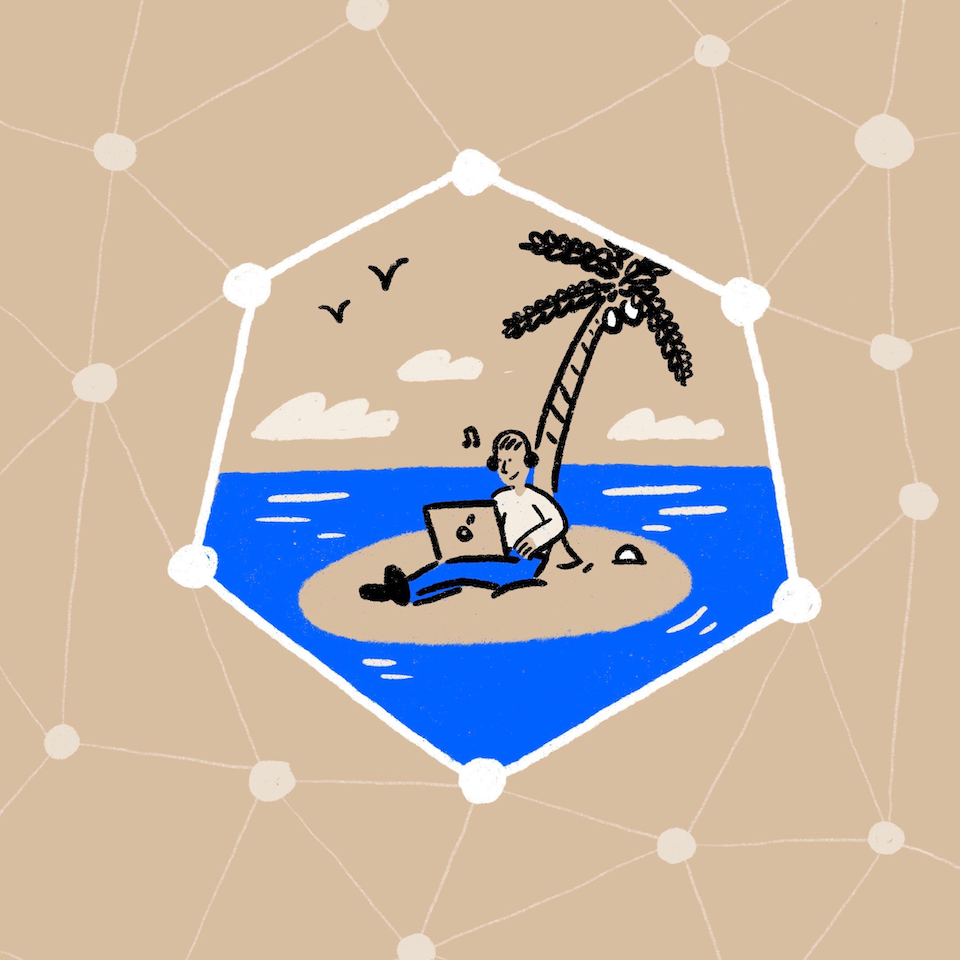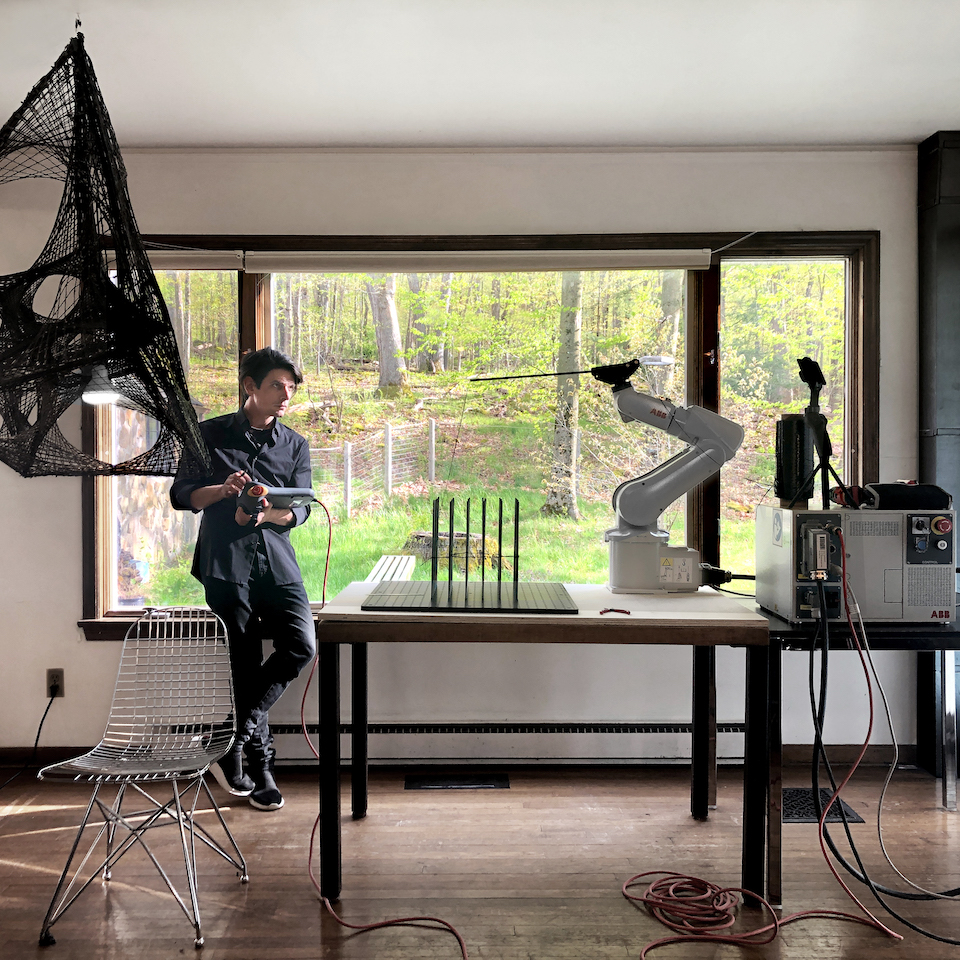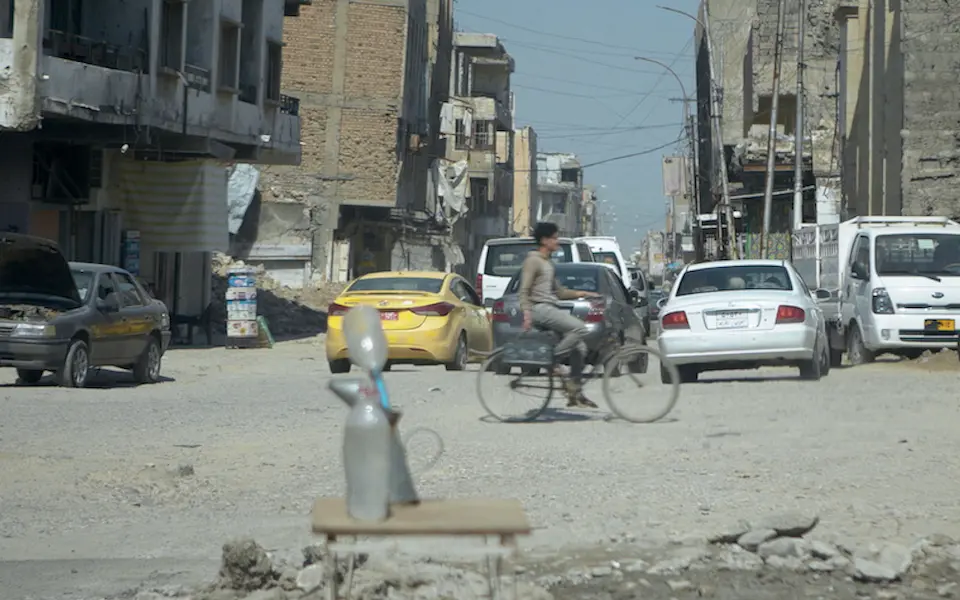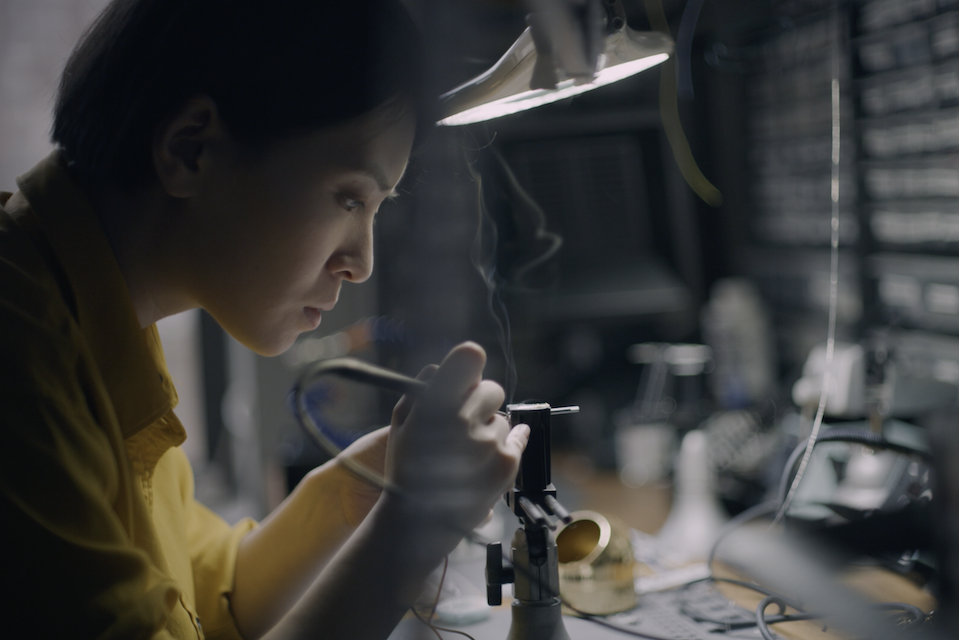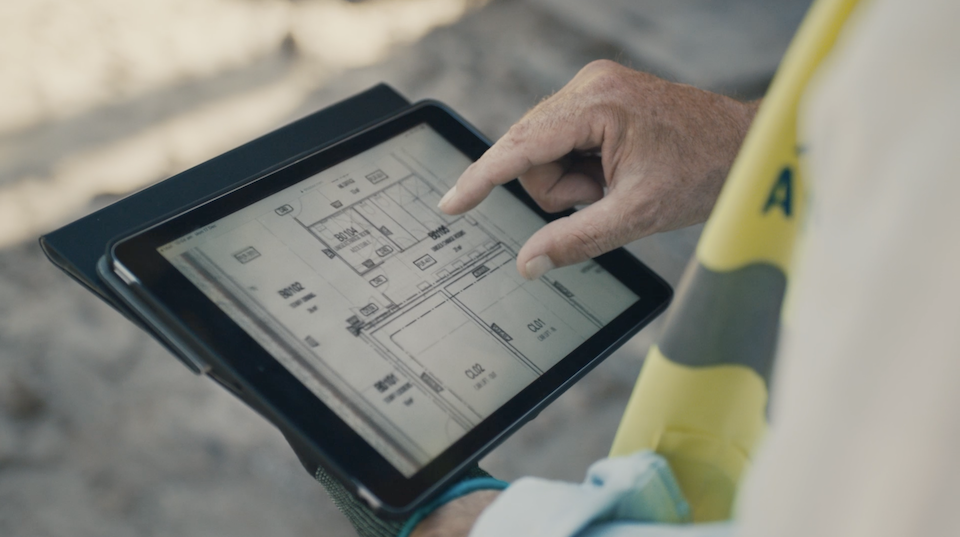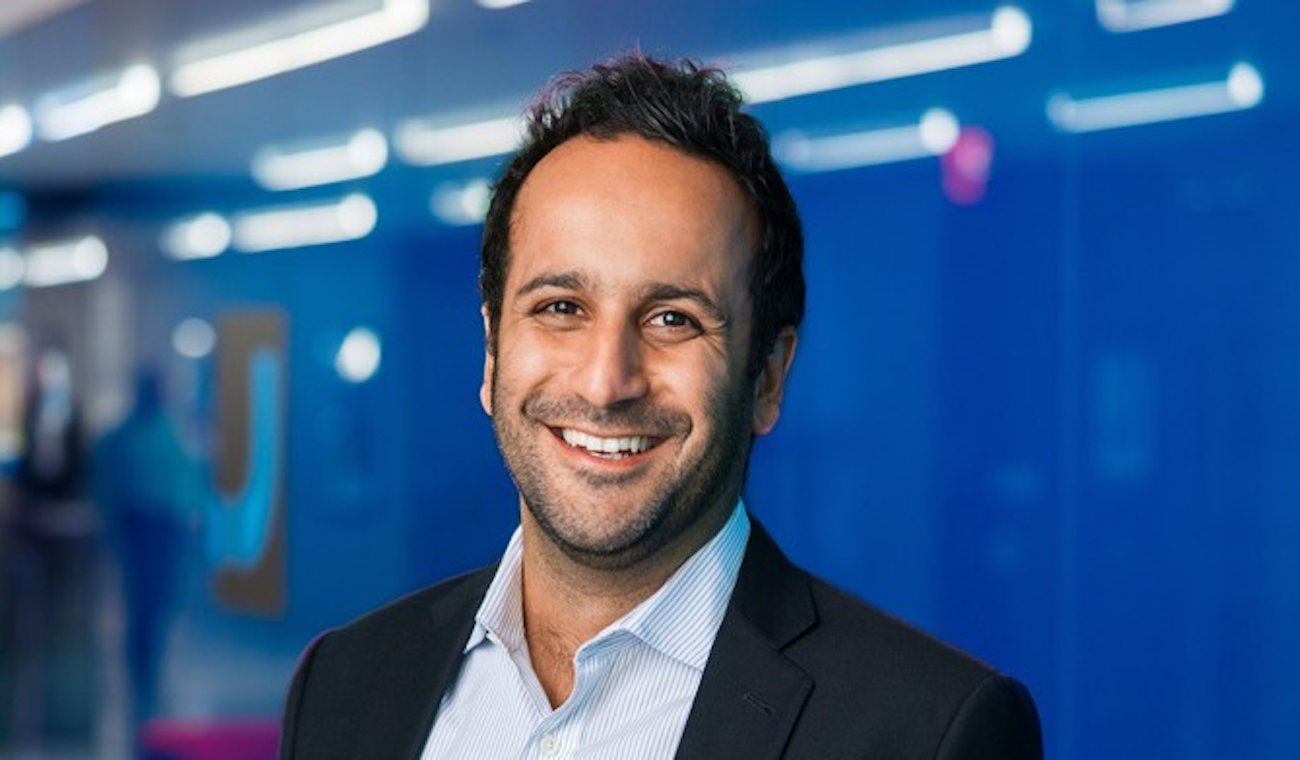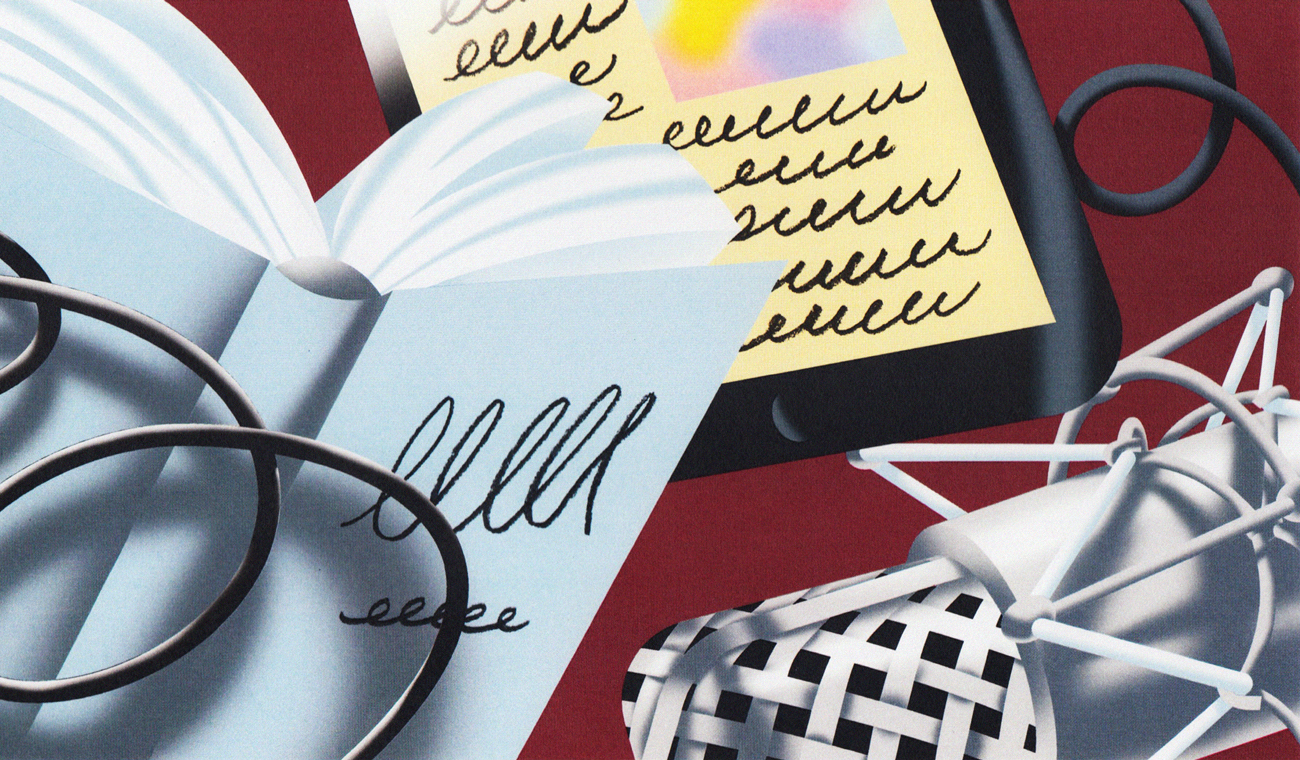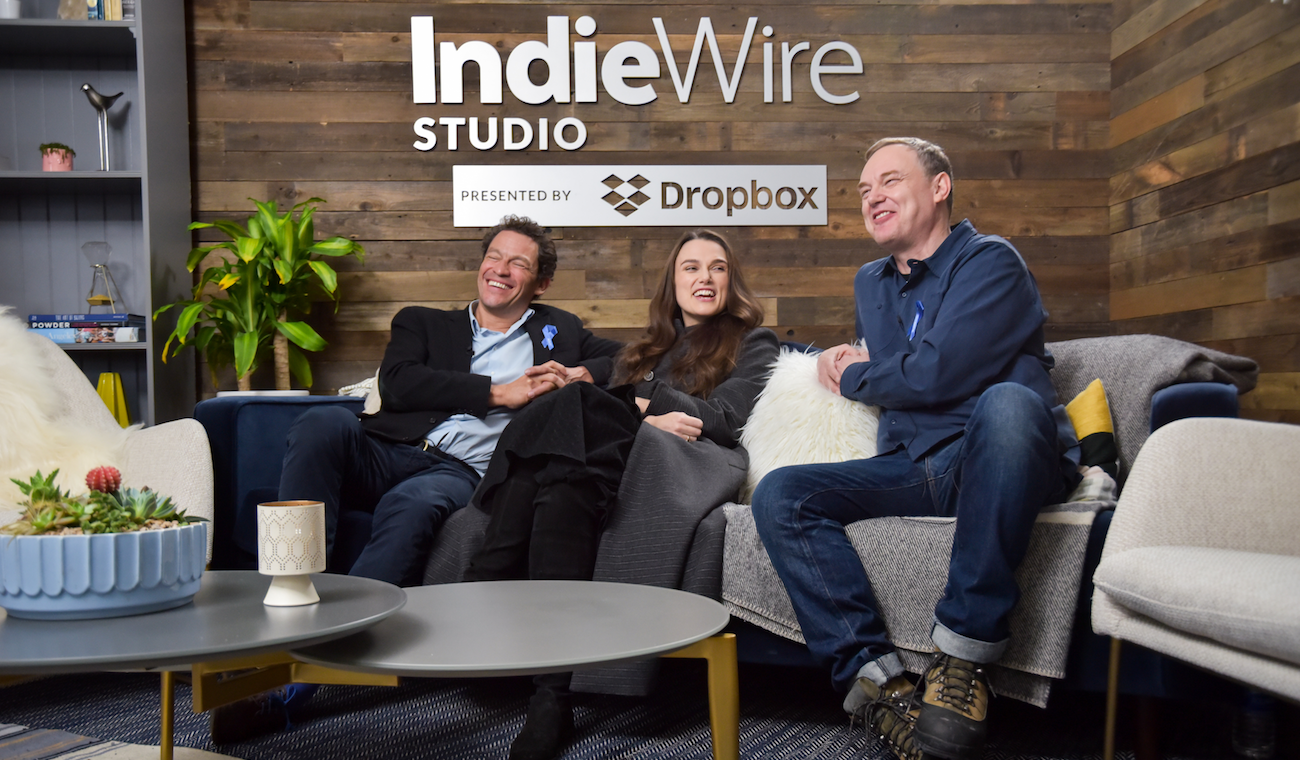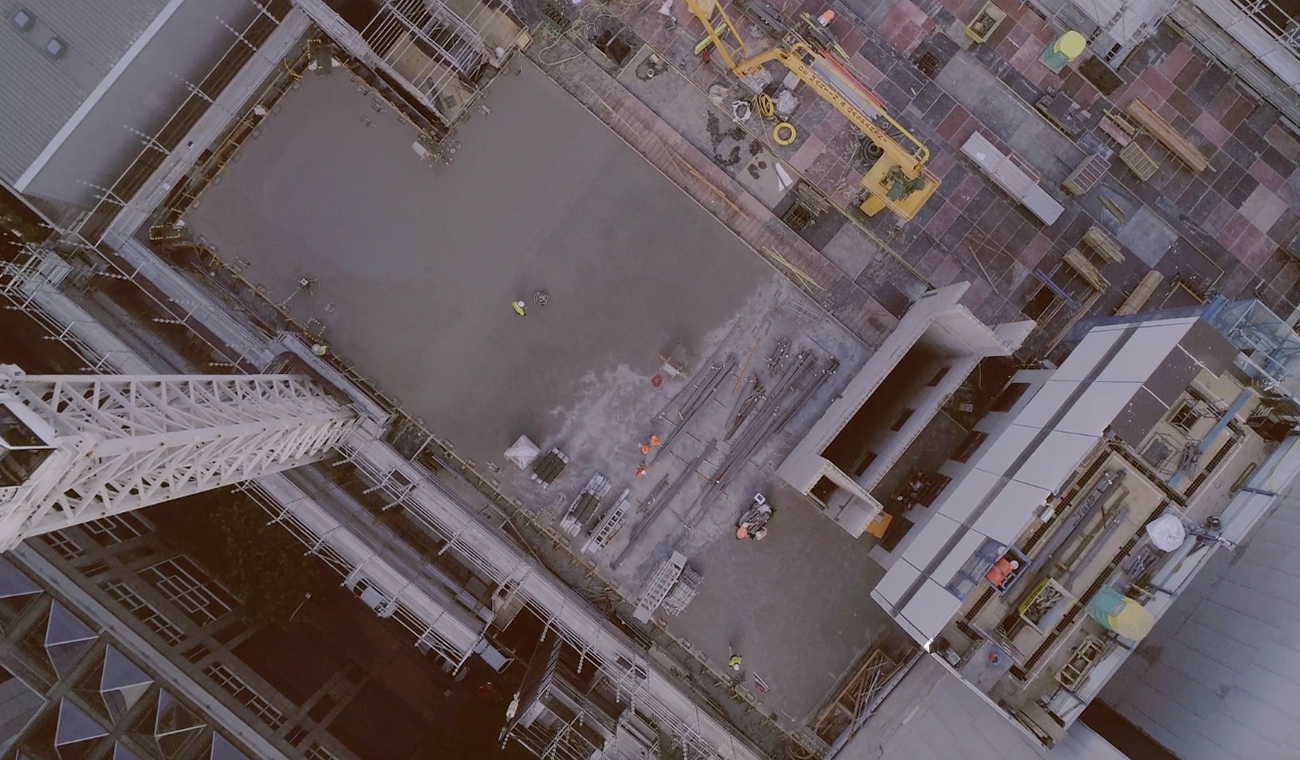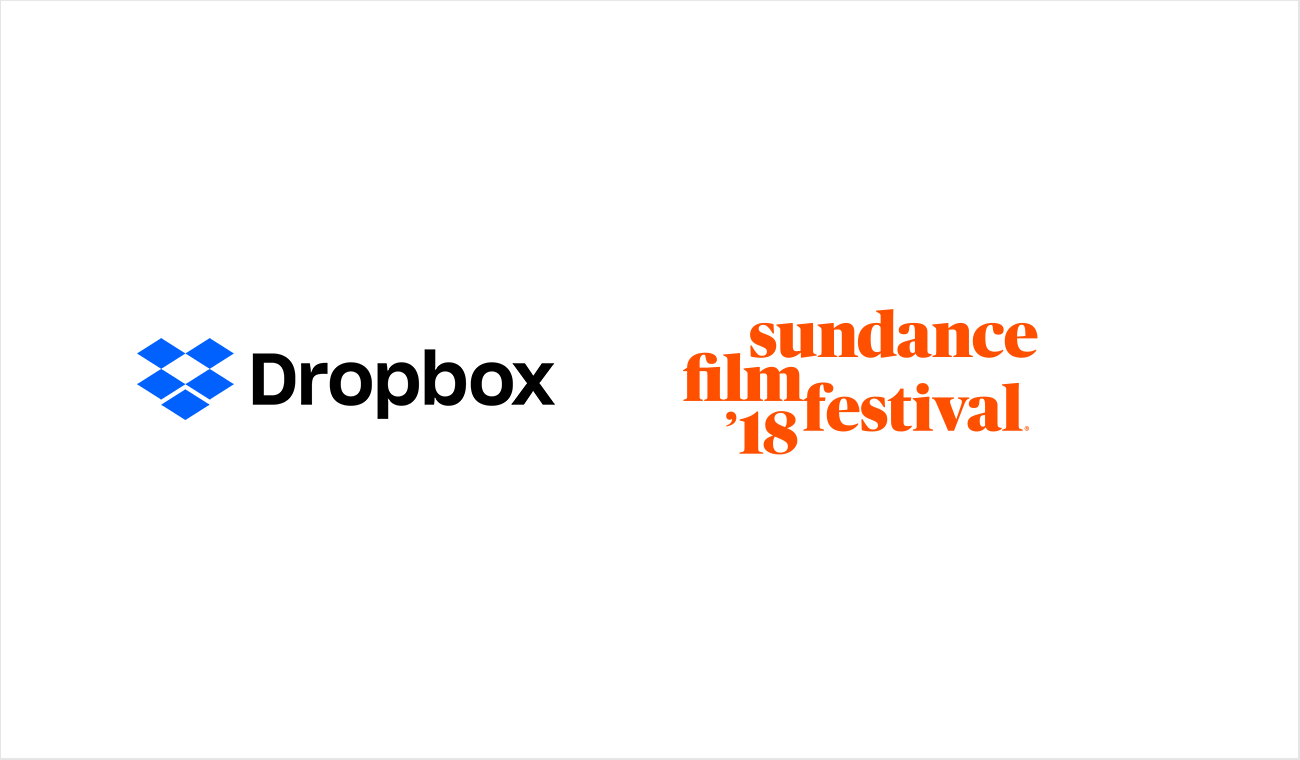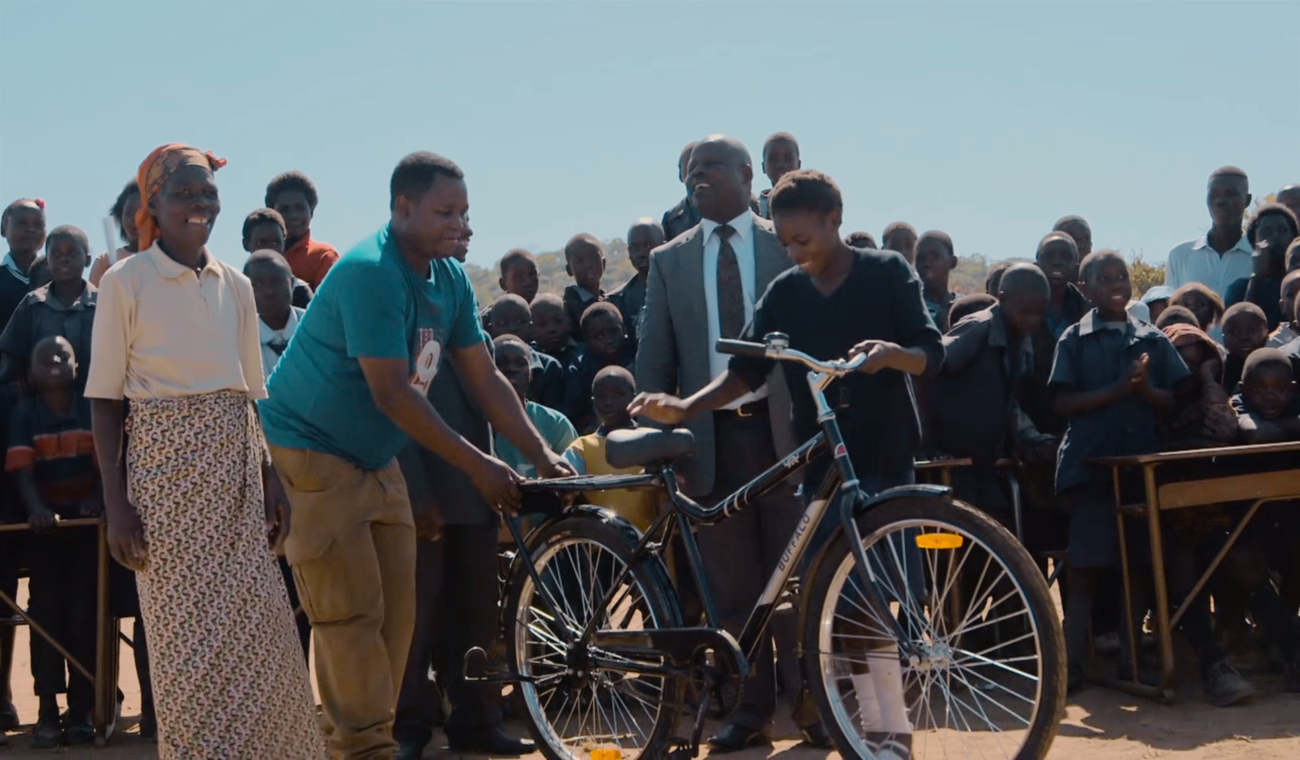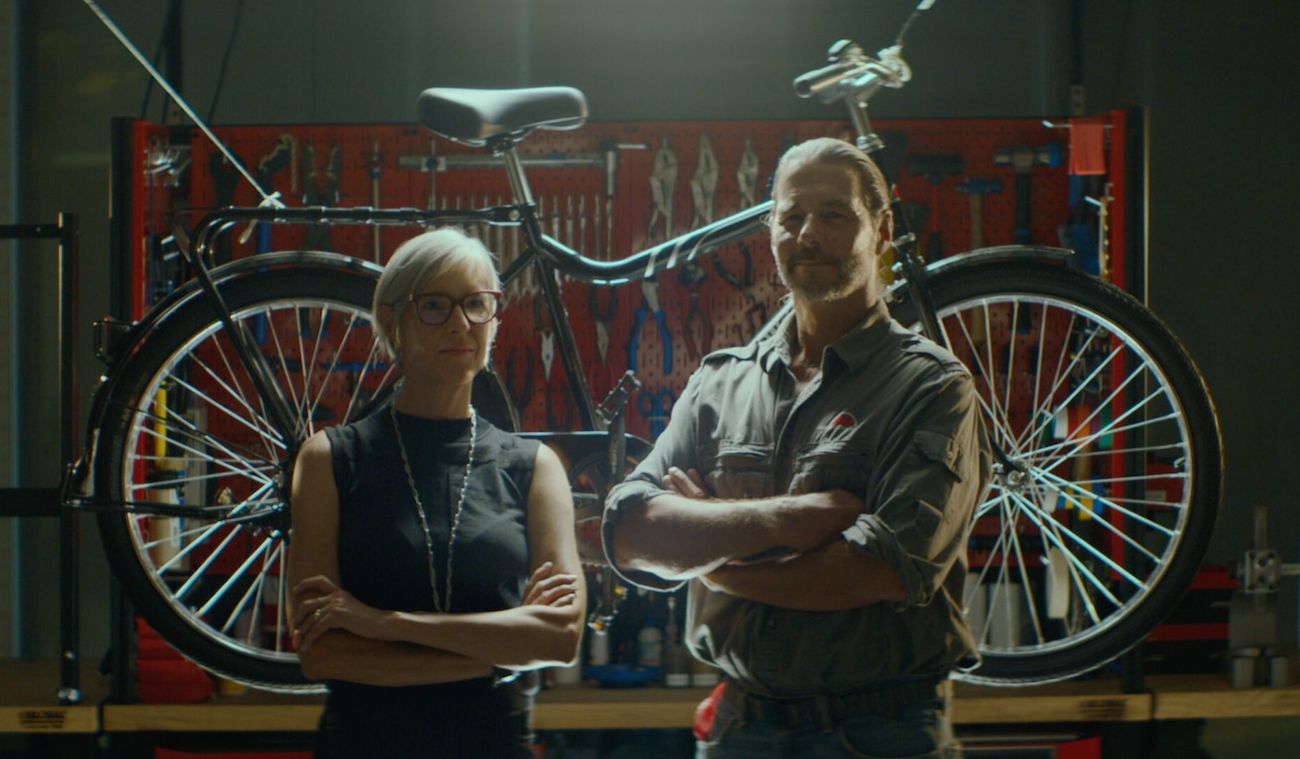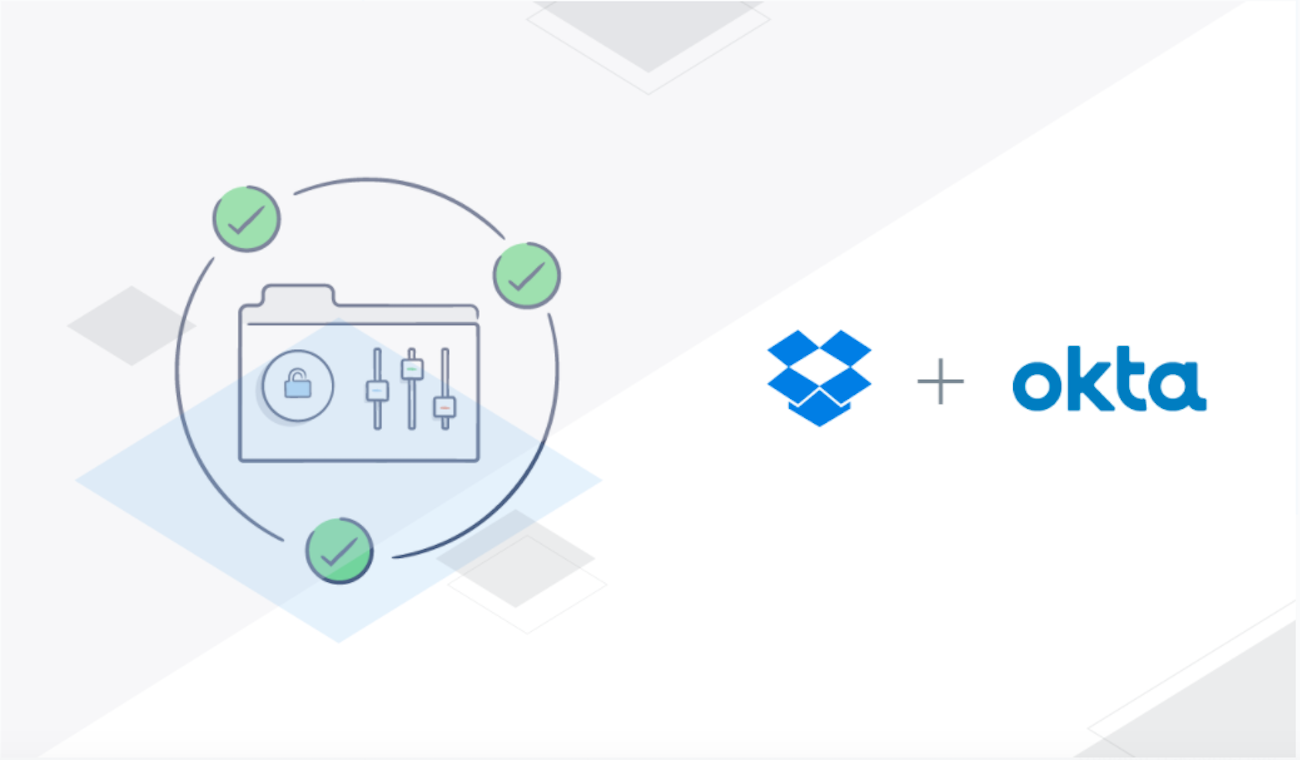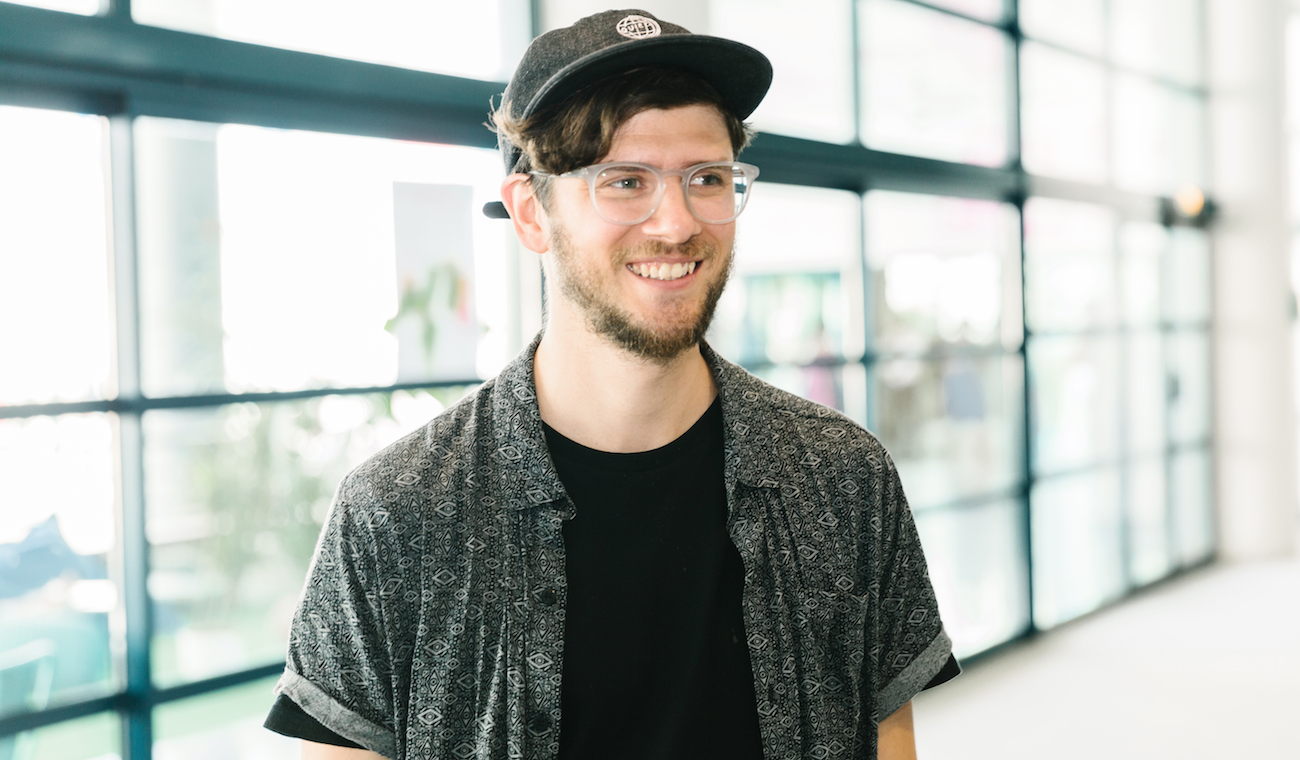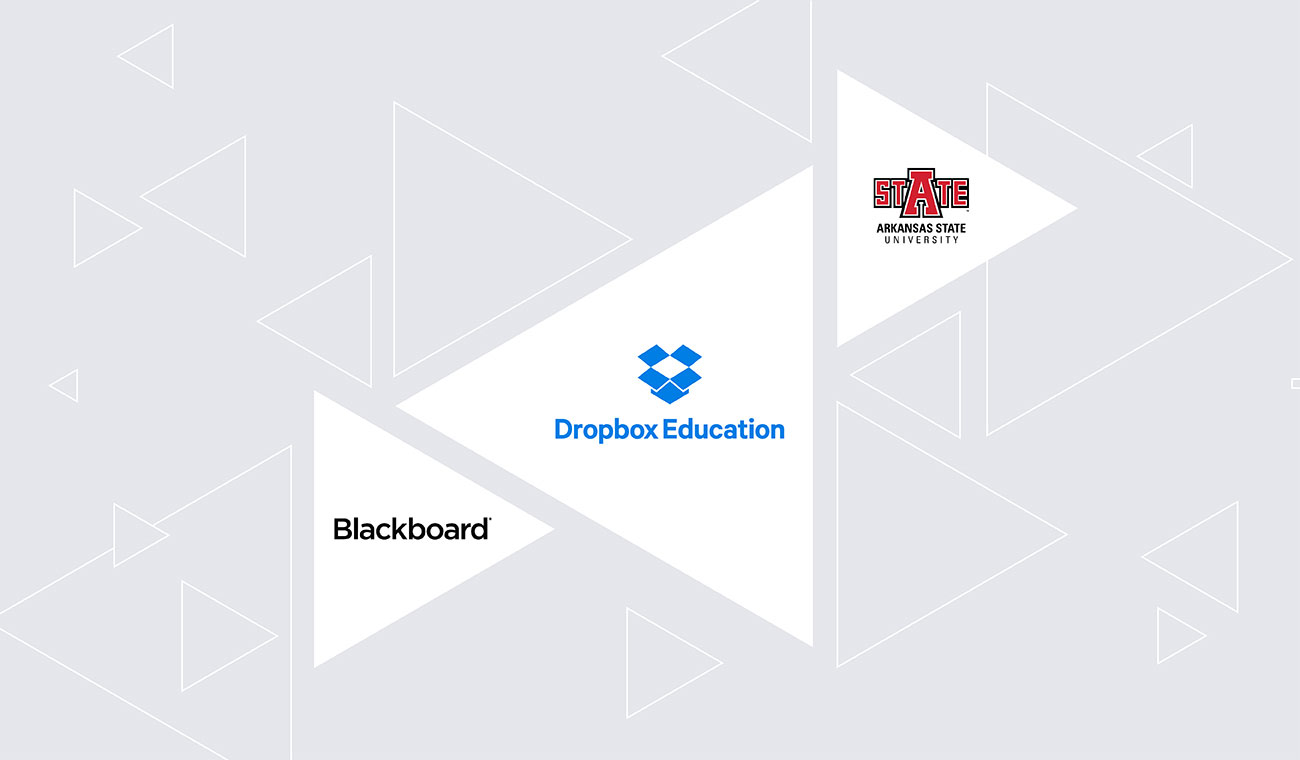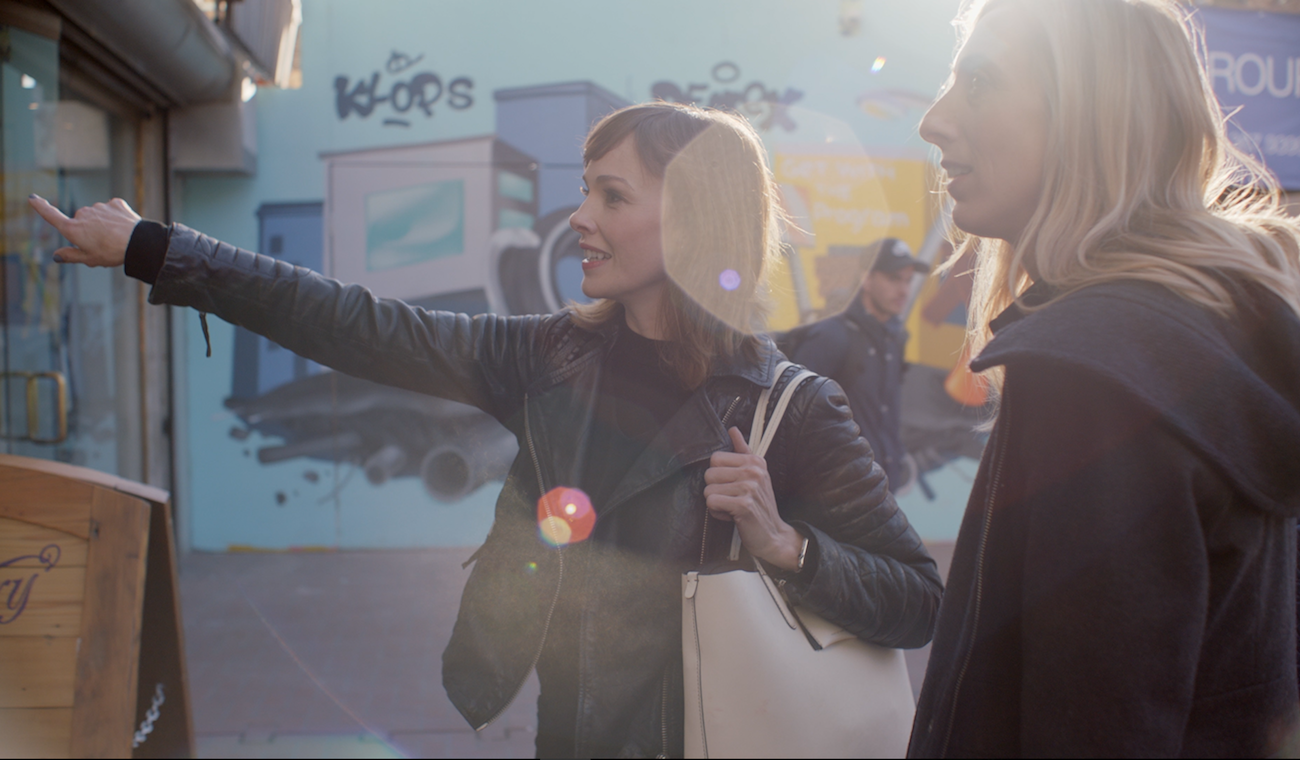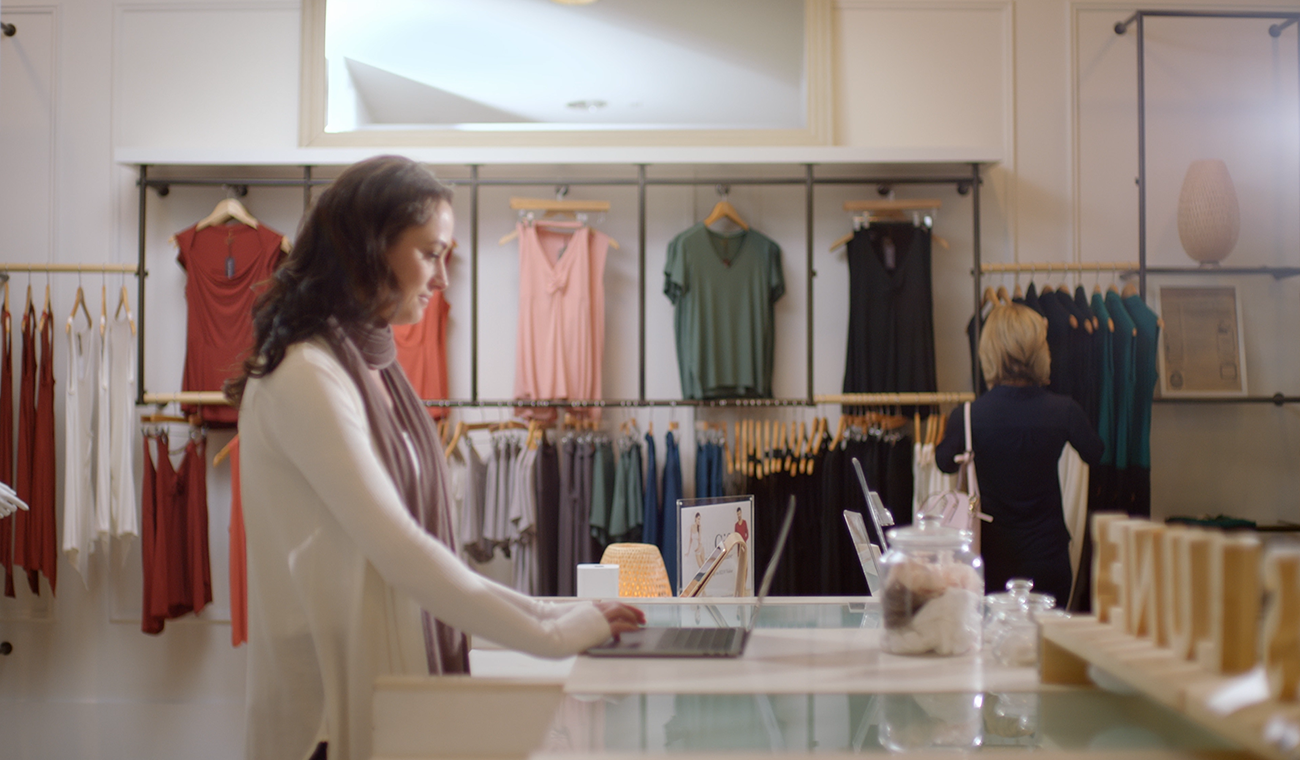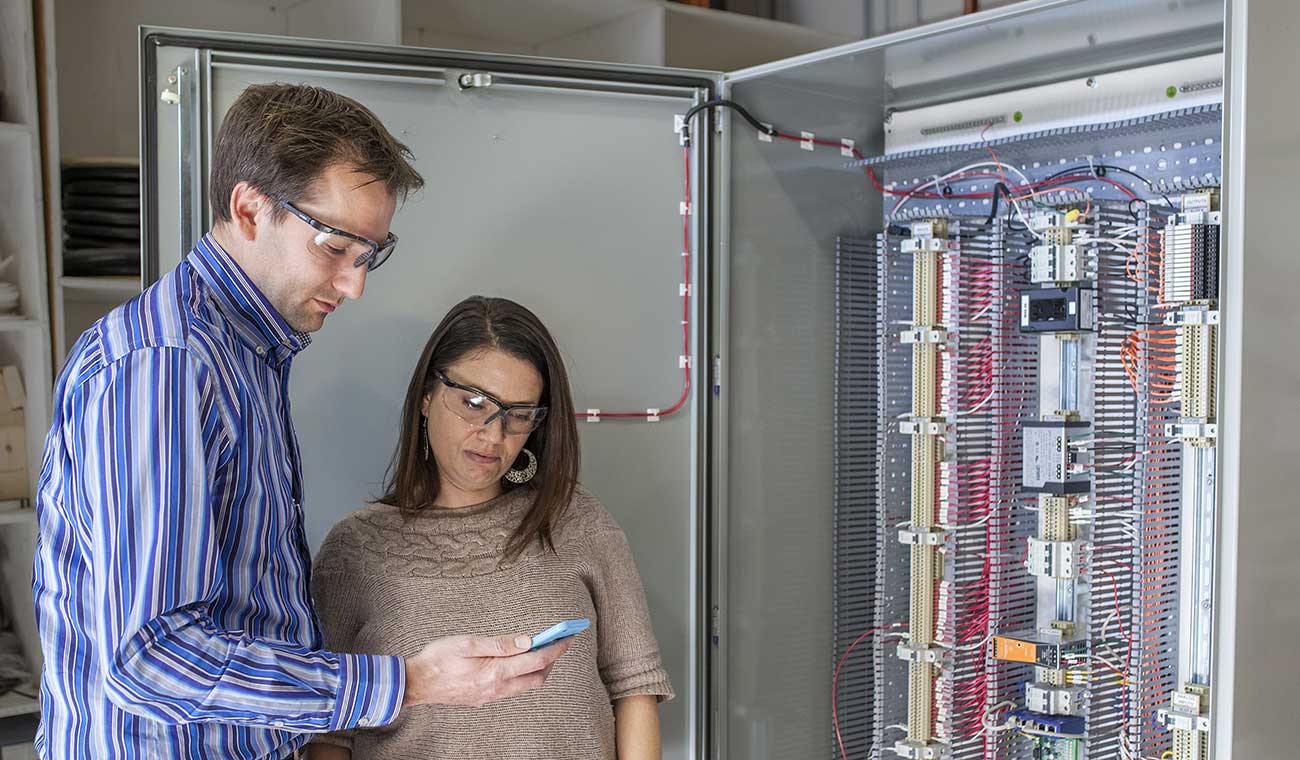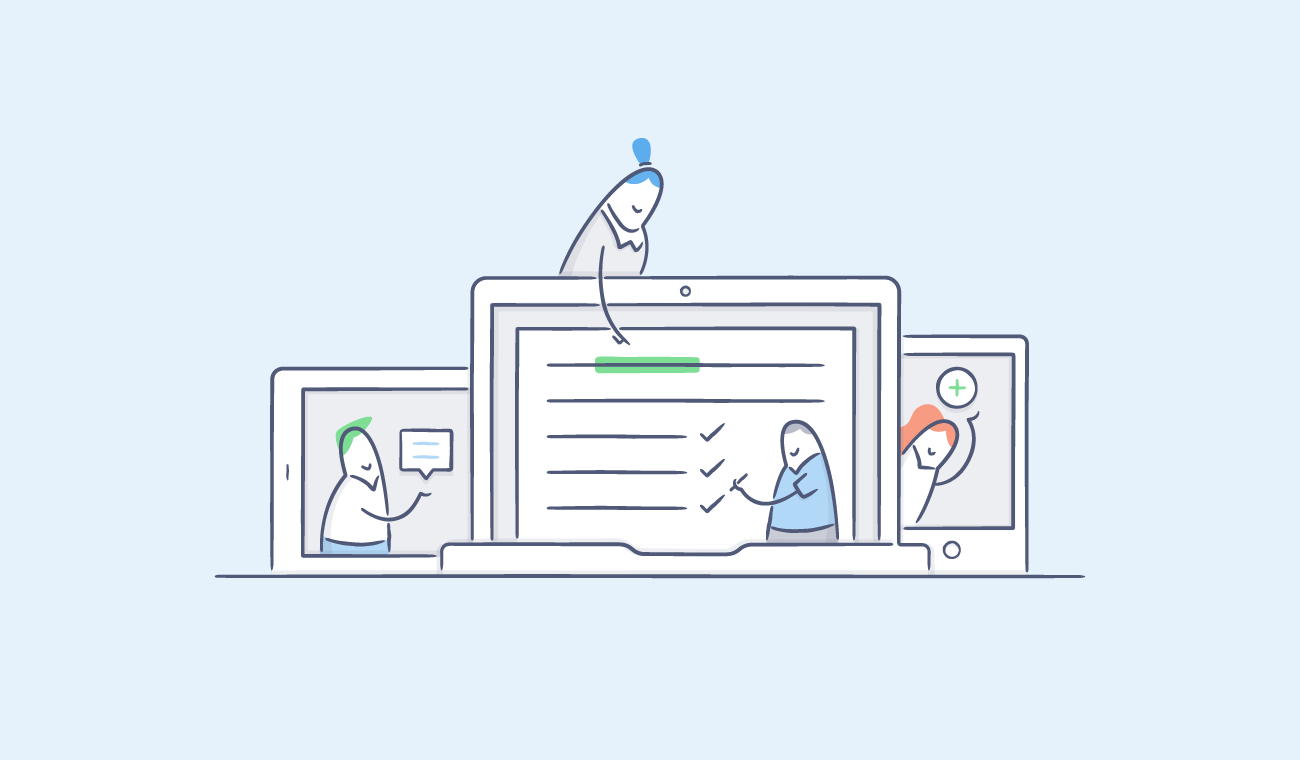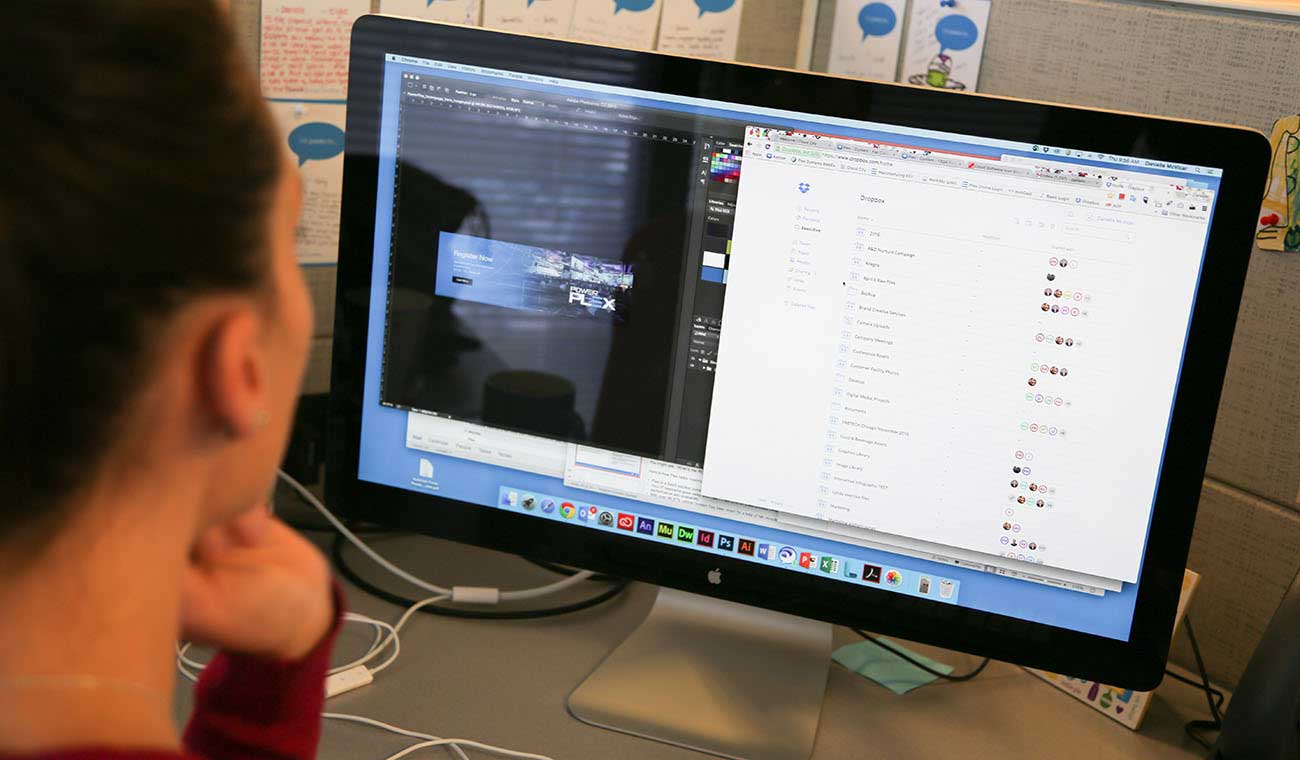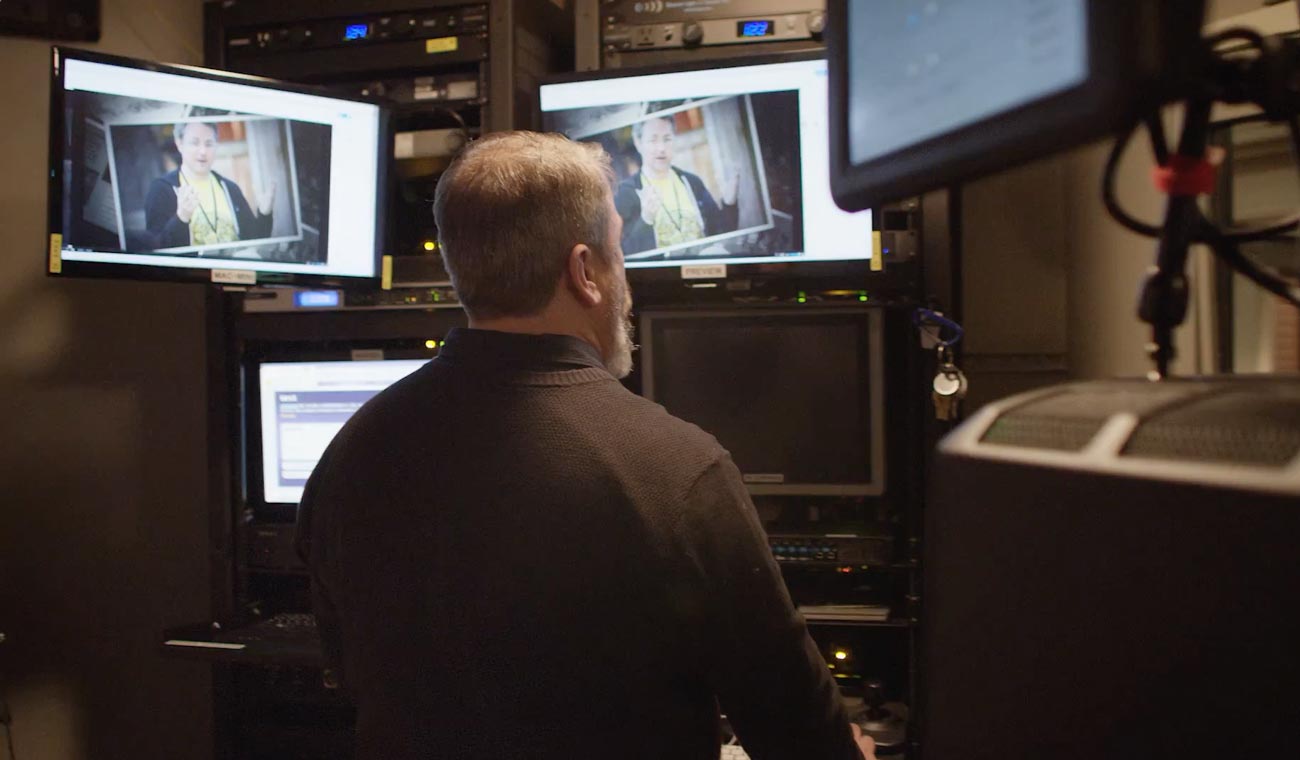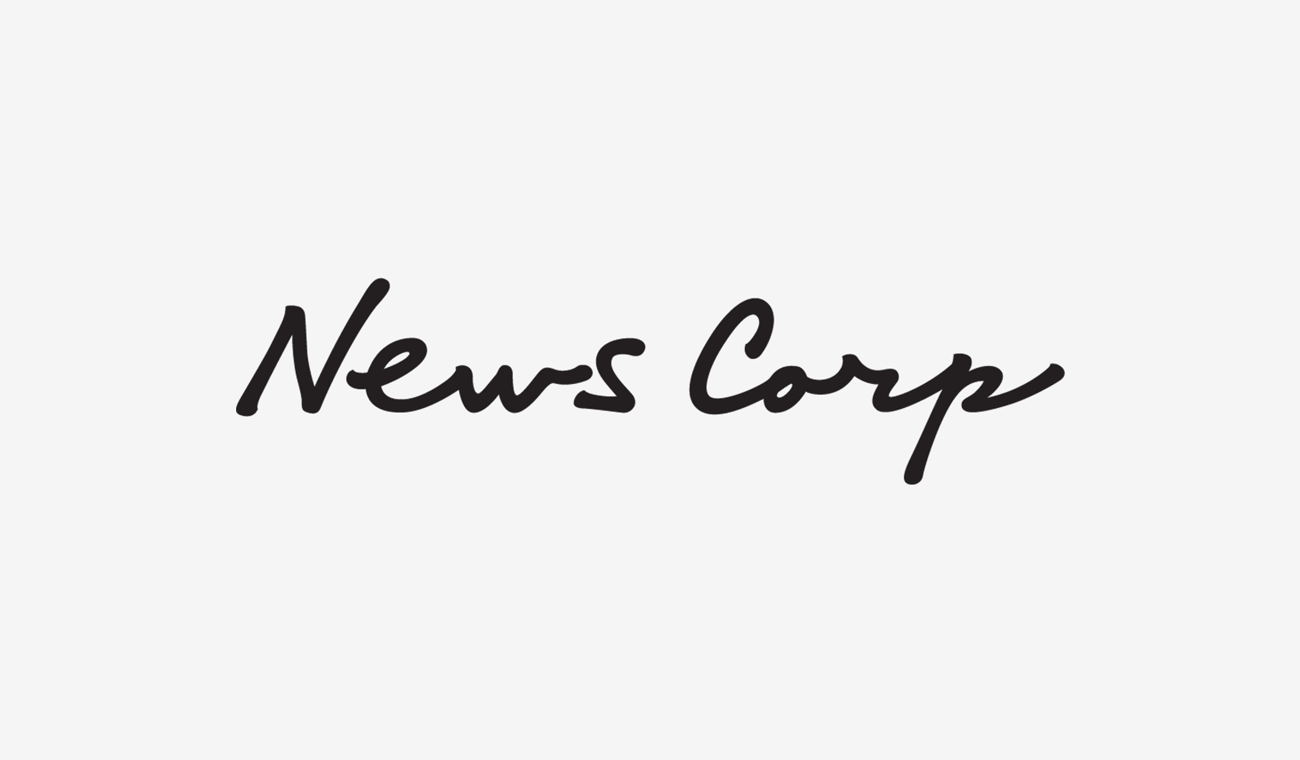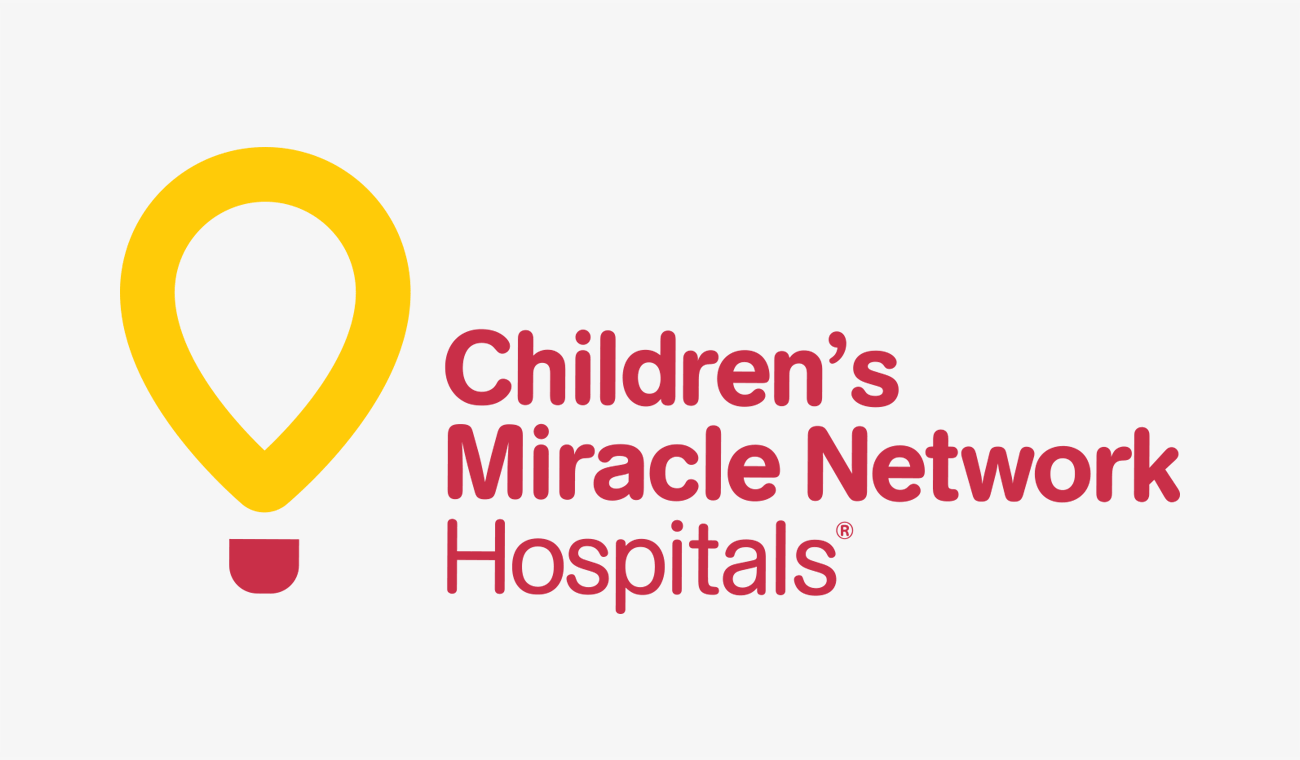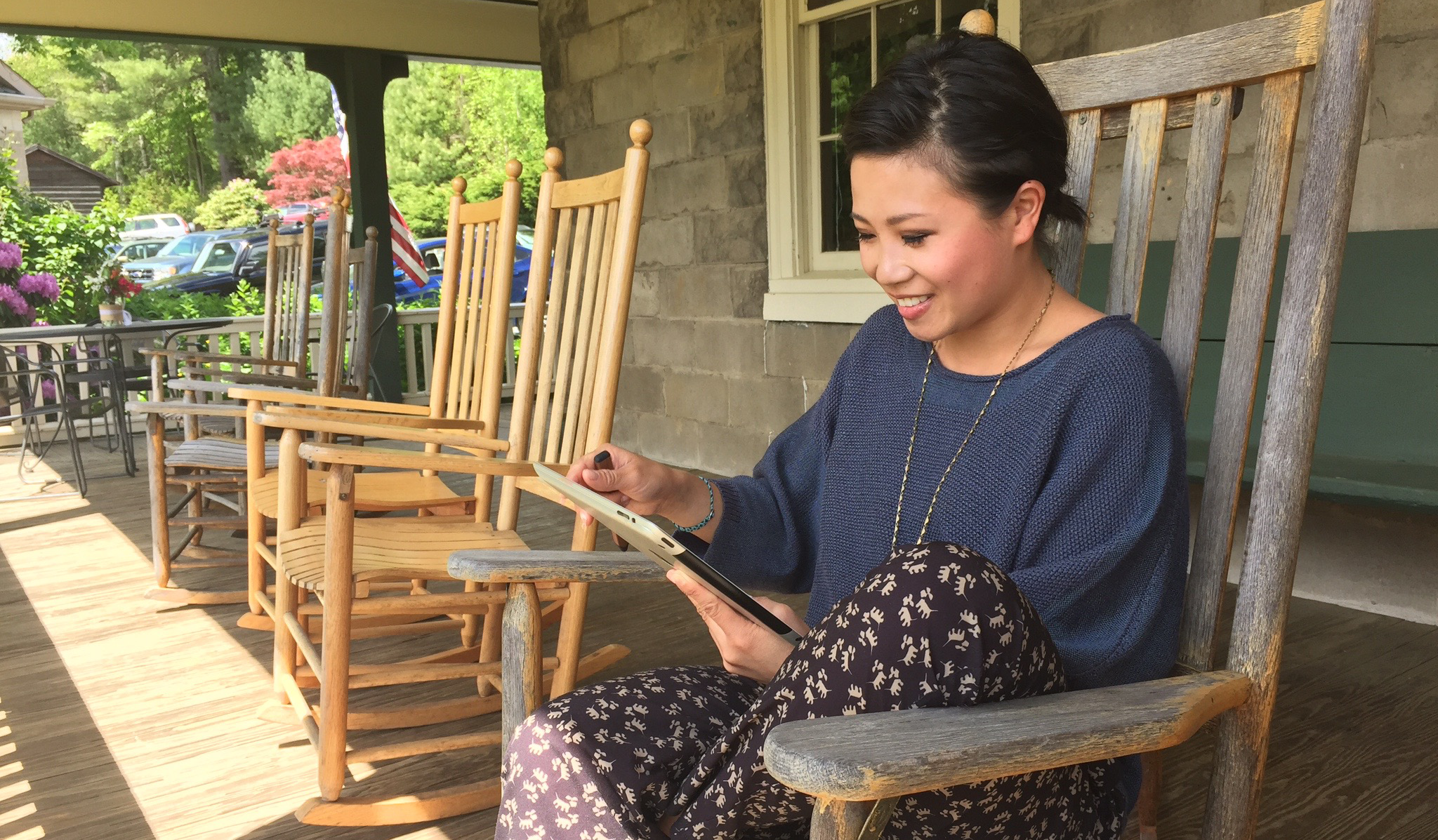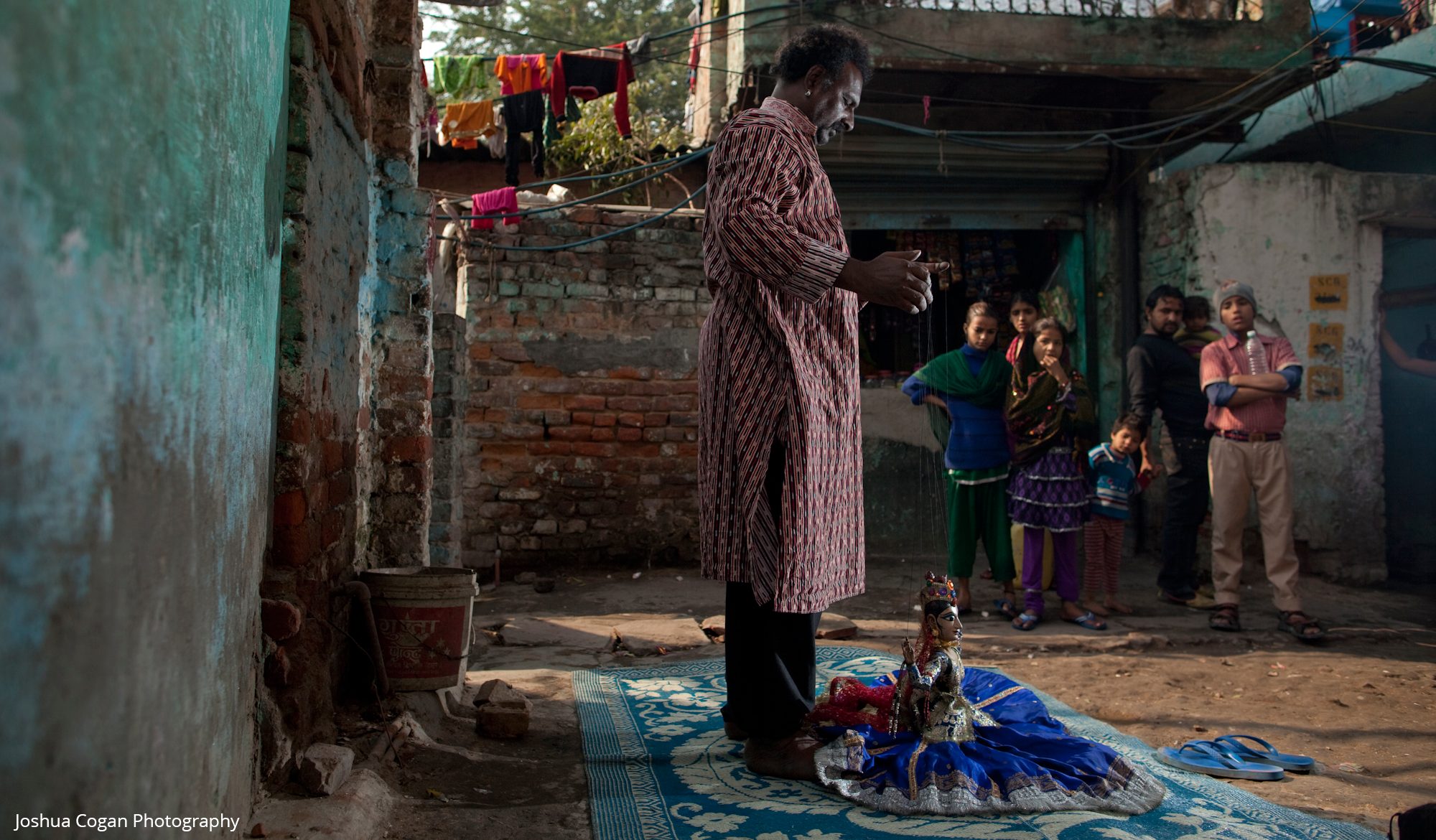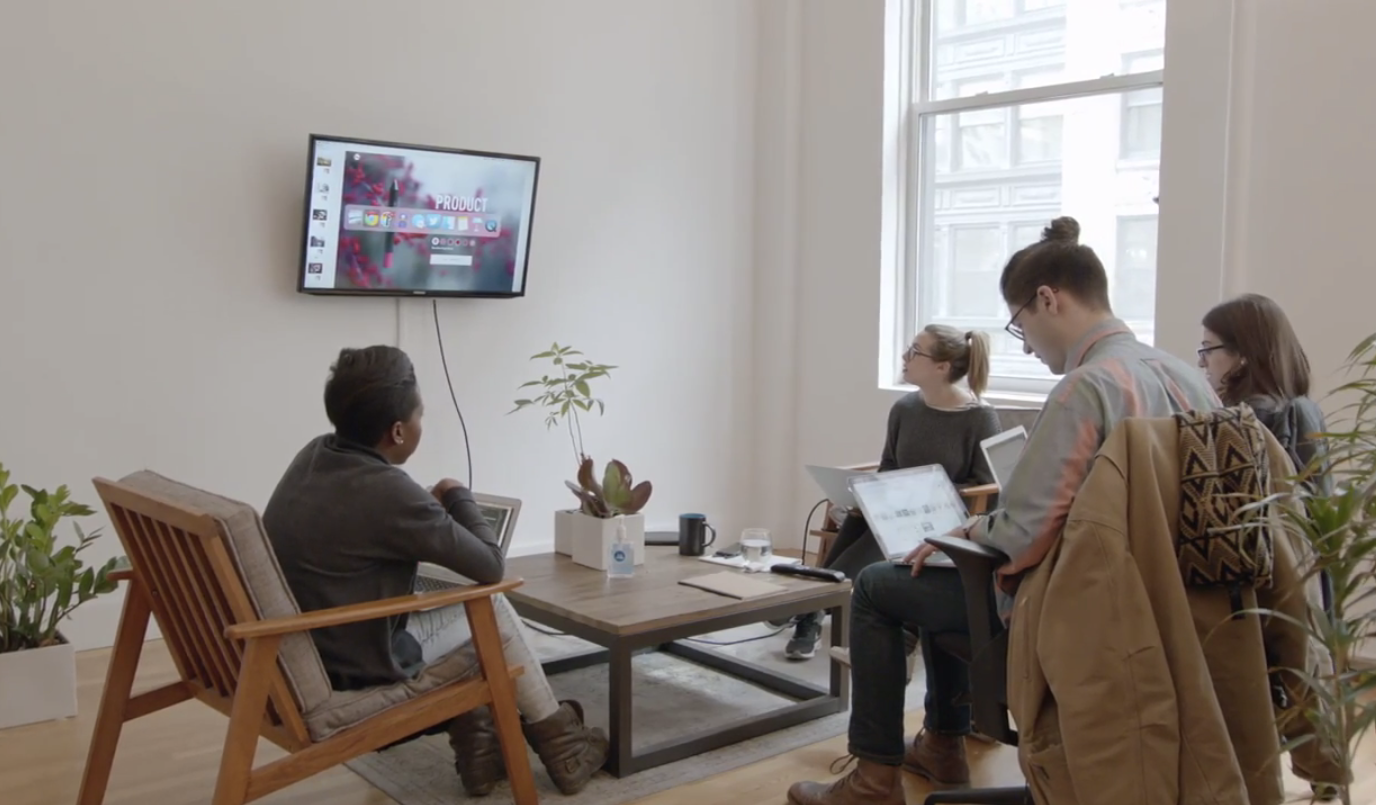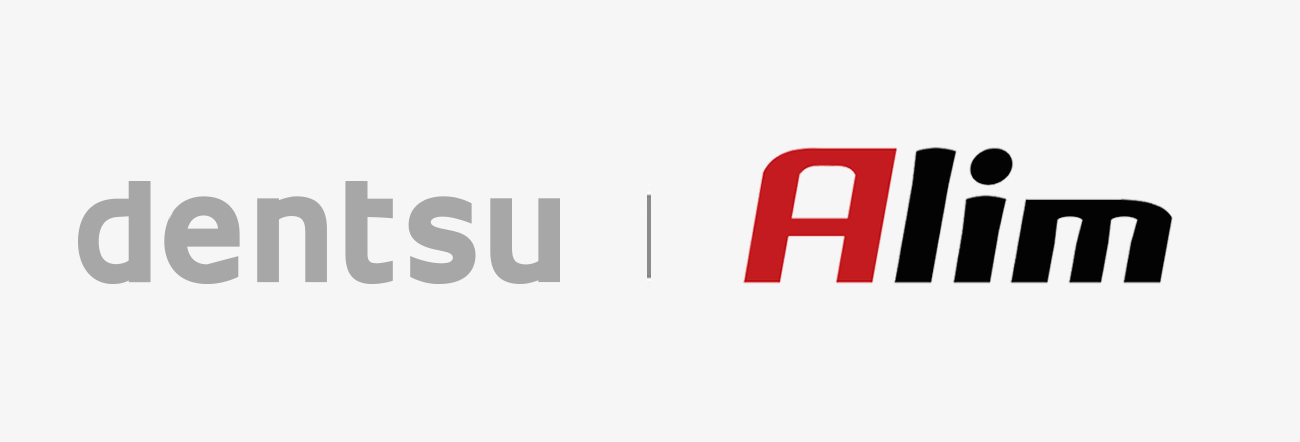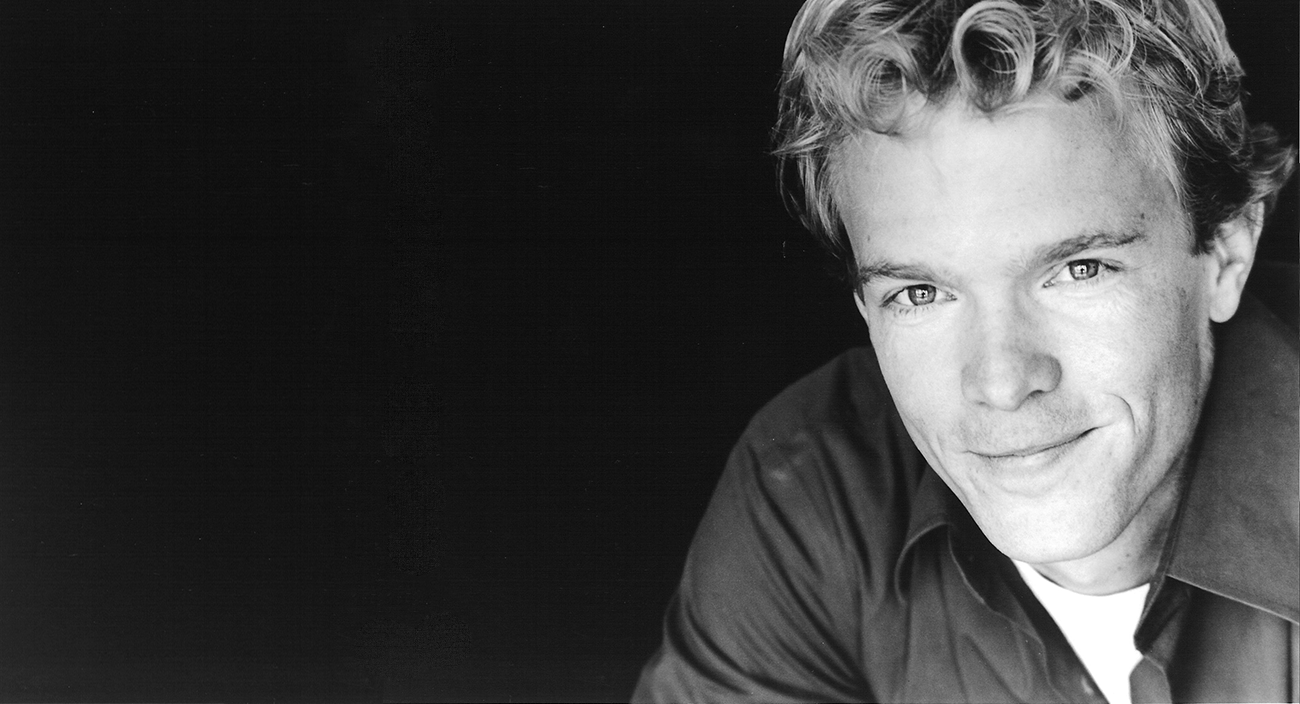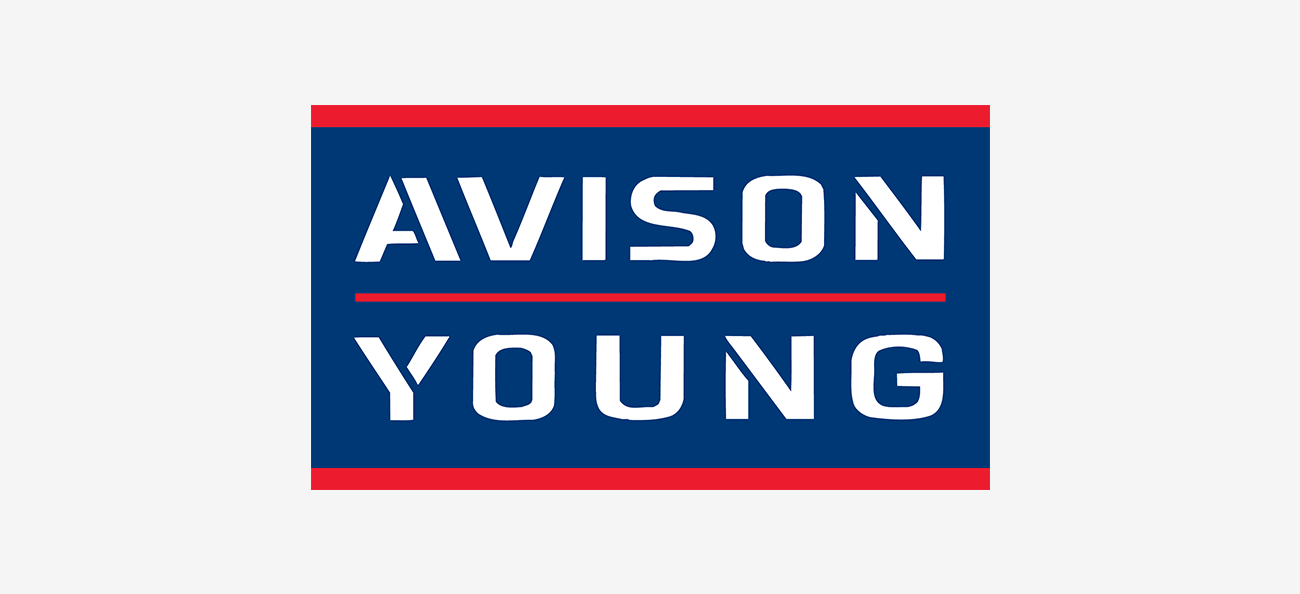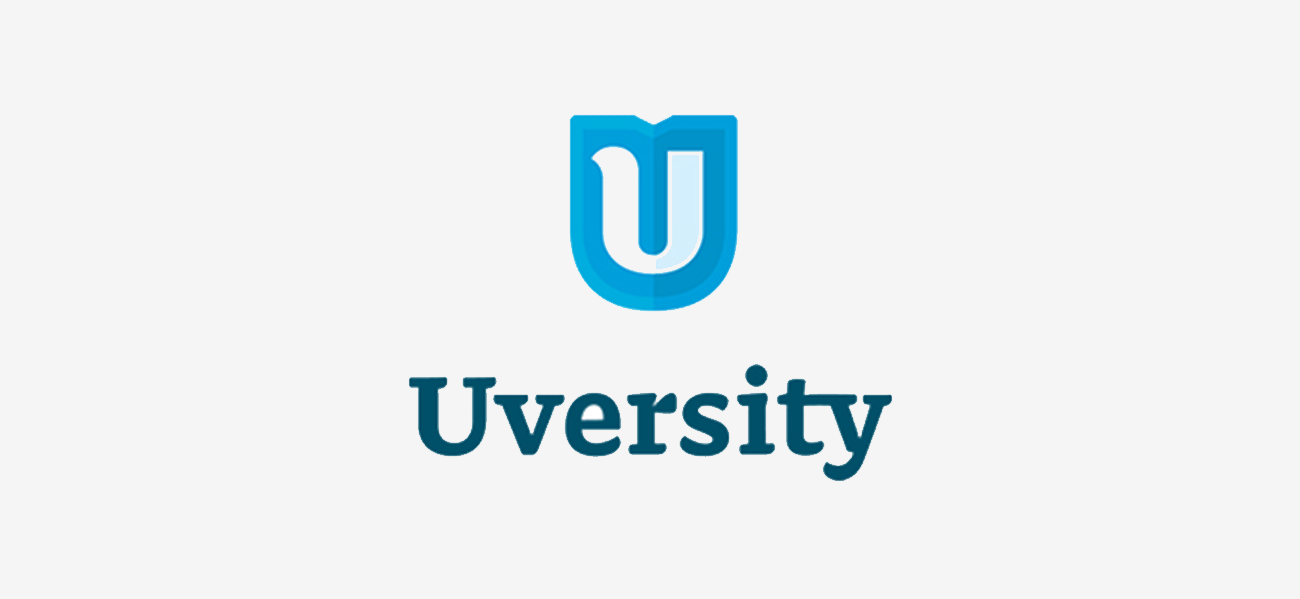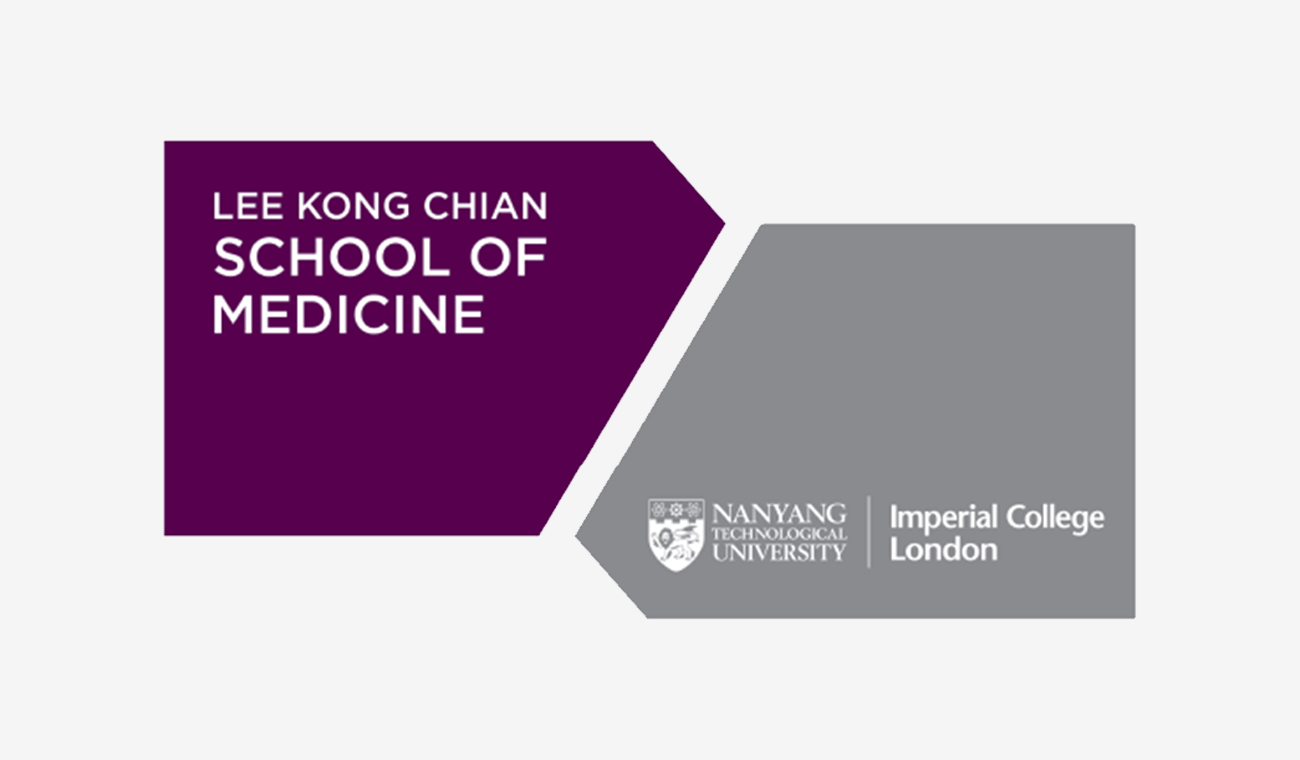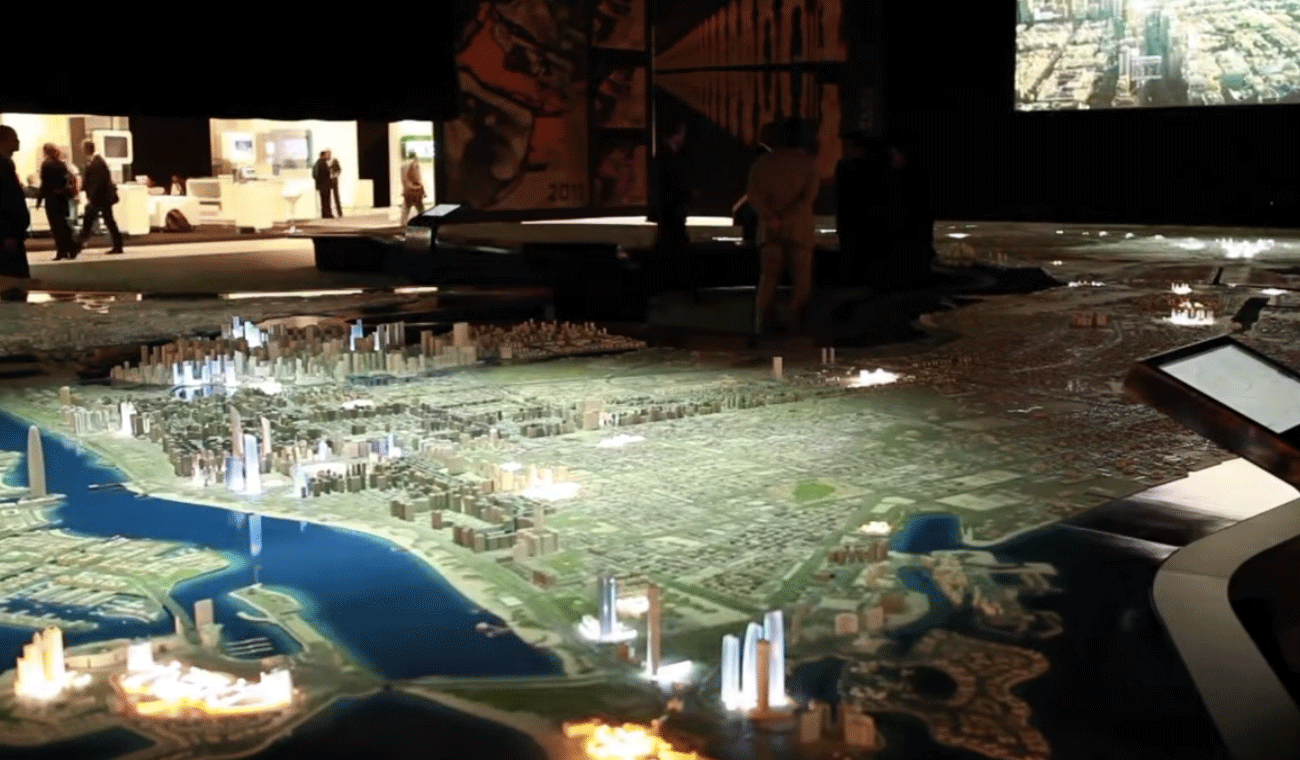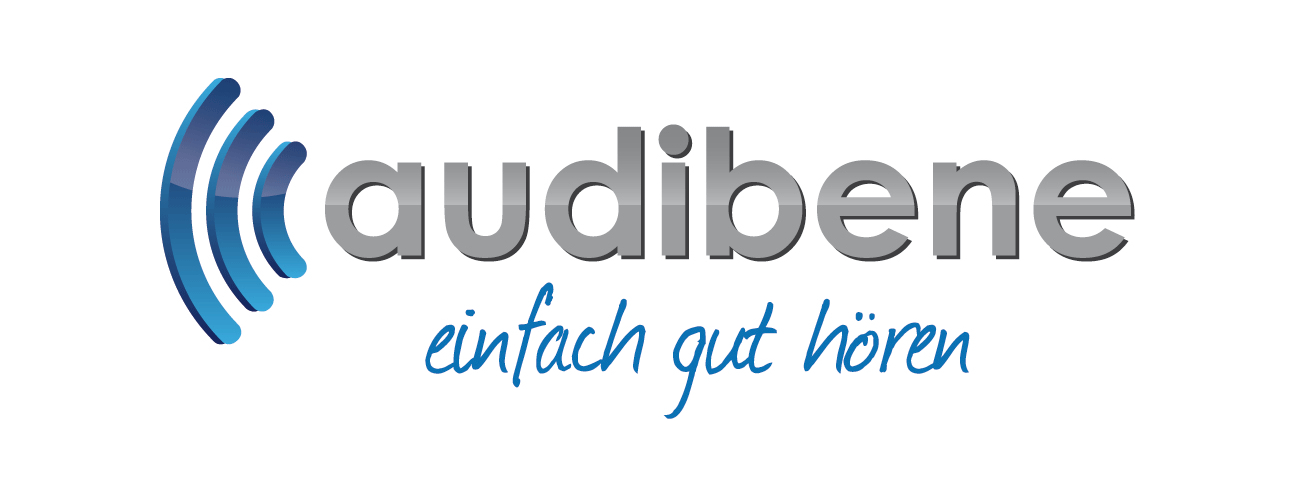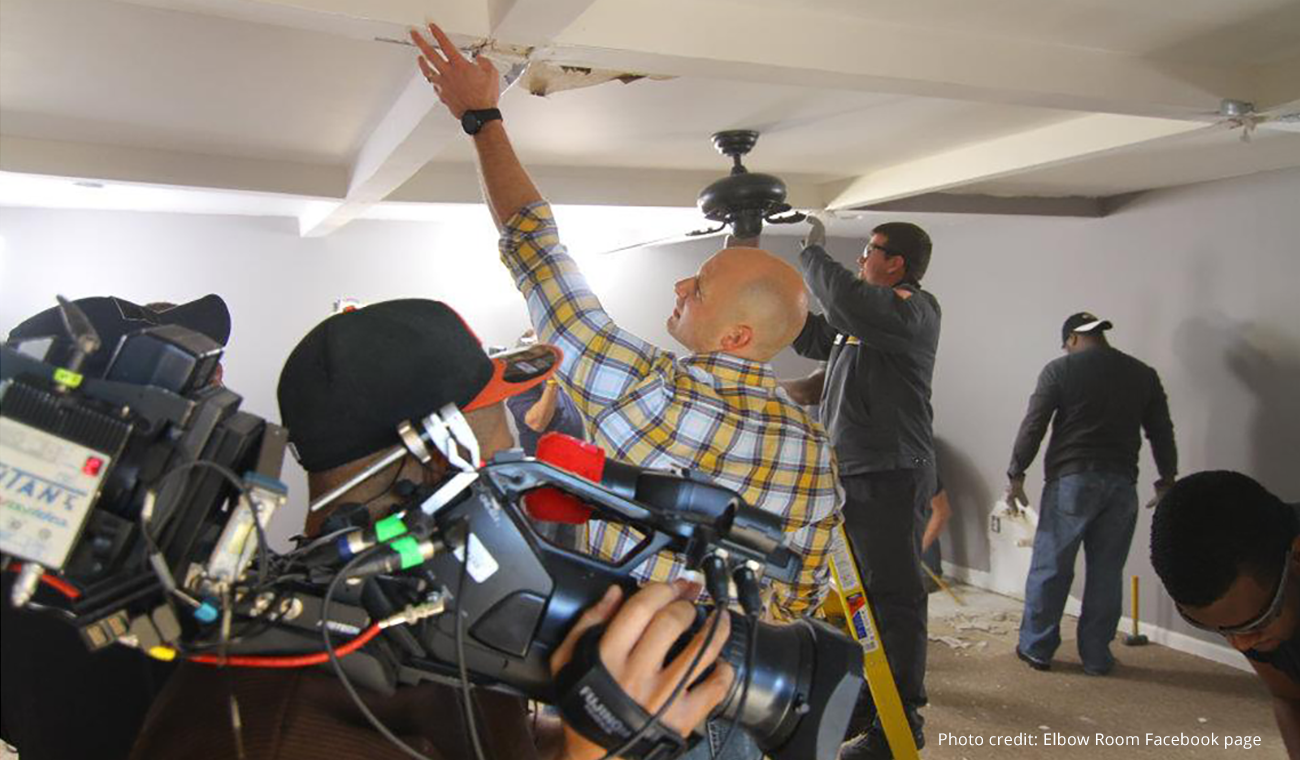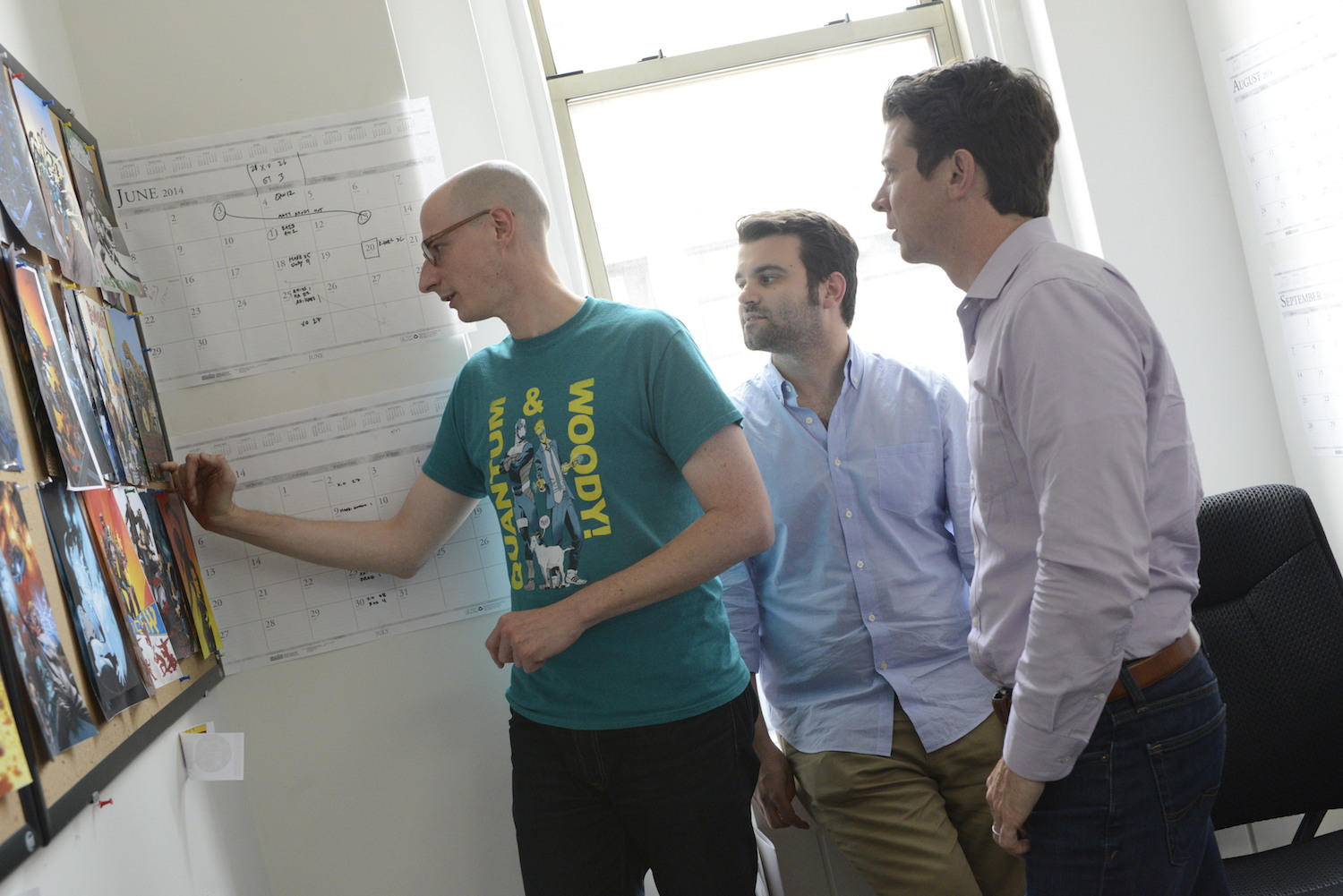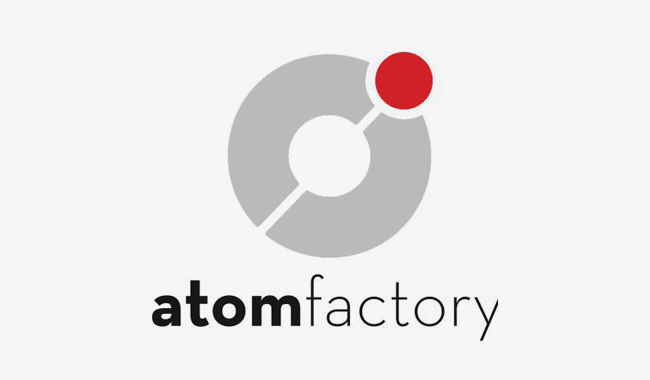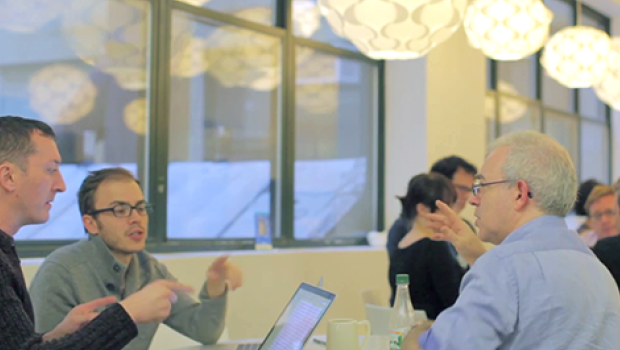
How Tomorrow Lab uses Dropbox to power its agile design workflow
Published on January 01, 2022
For Tomorrow Lab’s designers and engineers, moving from drawings to fully functioning physical products means constant and quick collaboration with clients and each other. Dropbox is the simple tool that keeps the team creating, innovating, and in flow.
Dropbox helps teams spend less time on logistics and more time doing the things they love. Find out how Theodore Ullrich, co-founder and partner at Tomorrow Lab, uses it to stay organized and work efficiently.
Products are only as valuable as the problems they solve. And what people crave today are products that not only are useful but also enrich human lives. Being able to quickly develop and bring such innovations to market requires tools that facilitate spontaneous collaboration.
Tomorrow Lab is an award-winning group of designers and engineers who create revolutionary technology products. Part of our approach is about being practical—identifying a problem and finding a way to solve it. The other part is about love—investigating how products fit into and enrich people’s lives.
I co-founded Tomorrow Lab 10 years ago in New York City, and I still wake up every day excited to develop products that are the first in their category, whether it’s a new way of cleaning teeth or an agricultural sensor that monitors soil conditions.
We want people to see our work and say, “I’ve never seen anything like this before!”
Our products come together piece by piece, keeping all of the other fine details in mind. Similarly, we operate as a team of individuals who bring together many ideas and all work toward a common goal. To me, there’s no greater example of collaboration.

Innovation starts with collaboration
While there are big players in both the design and engineering spaces, Tomorrow Lab is one of the few firms that combine the two categories. Each of our 12 team members demonstrates that hybrid skillset. We may be small, but as a small team, you can work faster and be more agile. Speed is a necessity, and few teams can produce new products as quickly as we do. We can go from idea to complete assembly with electronics as fast as six weeks.
My co-founder Pepin Gelardi likes to say that there is no such thing as thinking in a group. Thinking happens inside a person’s head, so we have to find tools and processes that enable someone to merge their ideas with the ideas in someone else’s brain. For us, it’s vital that, throughout the development process, our engineers and designers can take a concept and share it with the entire team to collaborate and quickly gather feedback.
Merging elements from design, technology, and engineering processes might seem messy, but our holistic approach allows us to make meaningful progress in a short period of time. Even though our workflow has moved online due to the global pandemic, it actually hasn’t changed much; we’ve been able to effectively continue our method of collaboration via daily videoconference stand-up meetings; a weekly screen sharing conference for CAD reviews, iPad sketching sessions, and data review; extensive use of Slack for ongoing workday communications; frequently shipping prototypes between our work-from-home locations; and scheduled visits to our fabrication shop in Manhattan, following COVID safety protocols.
“There’s no such thing as thinking in a group. Collaboration requires tools for people to merge individual ideas and create something better.”

Tomorrow Lab on working with Dropbox:
"Any new technology we use undergoes a lot of vetting and testing. We use Dropbox every hour of every day to create and share files as part of our process—everything from 3D renderings to photography and video files. It didn’t take long for Dropbox to become our perfect go-to solution for collaborating."—Theodore Ullrich, co-founder and partner at Tomorrow Lab
A unique communication challenge, solved
Back in 2010, we set up complicated servers and different types of management systems to allow for synchronized collaboration with our clients as well as with one another on our team. But since we implemented Dropbox productivity app, we threw out all that complex equipment in favor of the cloud. I’m not aware of any other file sharing system that works as seamlessly as Dropbox. We use it every hour of every day to create and share files as part of our process—everything from 3D renderings to photography and video files.
Our 3D rendering software requires enough processing power that it can take anywhere from minutes to hours for the computer to render a scene. Putting it on the cloud would make the experience clunky, so we use the programs on our desktops. In our hyper-connected working environment, though, those assets must be easily shareable. We achieve that with Dropbox.
Despite being a technology firm that’s under pressure to stay on top of the latest tech, we’re somewhat resistant to using new technologies in our workflow. Fostering an inventive culture requires building good cultural attitudes and habits, and that’s hard to do if you’re constantly interrupted with having to learn and navigate new apps.
Any new technology we use undergoes a lot of vetting and testing, and Dropbox was no different. But it didn’t take long for us to realize we could use Dropbox productivity app for everything. It became our perfect go-to solution for collaborating on files.
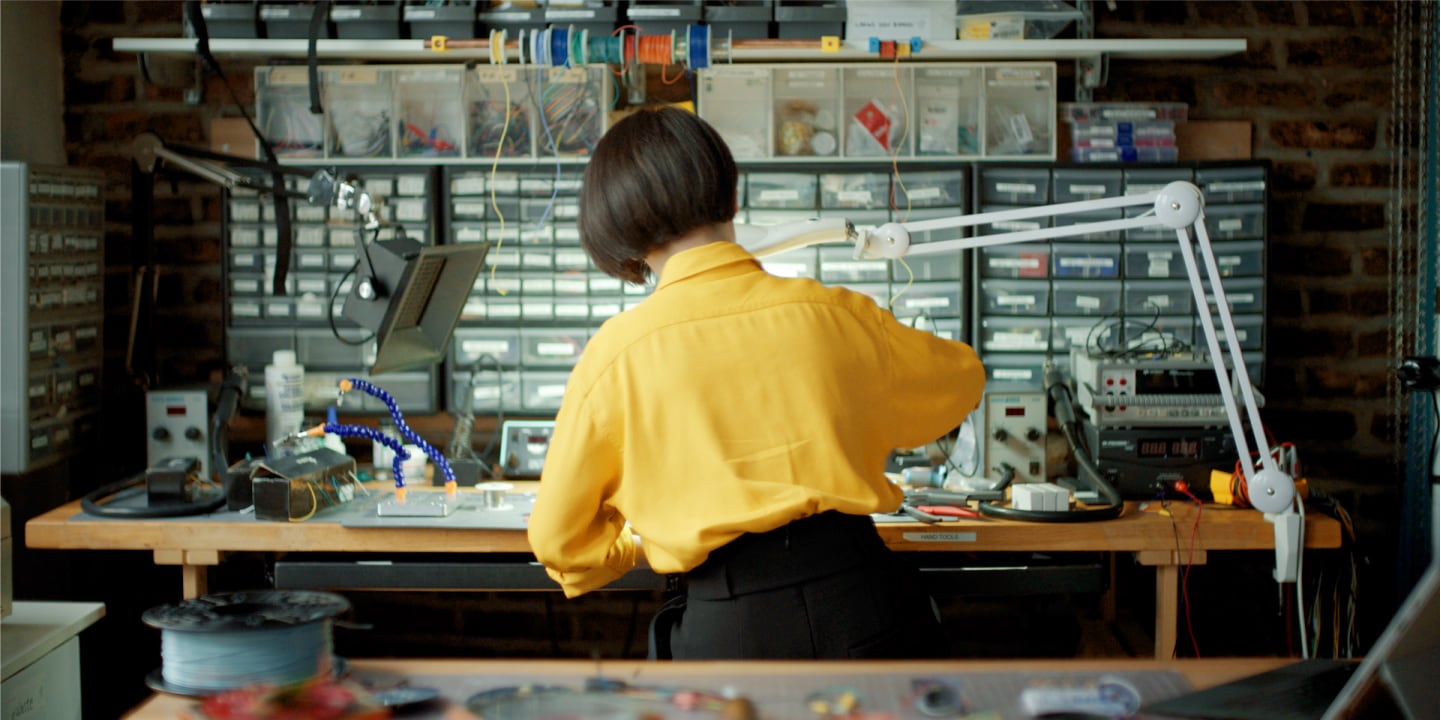
From desktop to web app
Dropbox allows us to take all that desktop software and essentially turn it into a web app. The processing of these large files happens on our computers, but we then share those files across our team through Dropbox. This process allows us to collaborate without being tied to our desktops.
All of our projects begin by setting up our digital file sharing management in Dropbox. We create a folder with a consistent architecture: We place all electrical engineering (EE), mechanical engineering (ME), and industrial design (ID) files in a folder, which is then shared with everyone in the company. We use that as a repository for archival files for record-keeping and sharing with clients.

It’s important that we have this folder structure in place, or we risk being out of sync and causing confusion. With some very basic version control, our system in Dropbox allows someone to work remotely on a file and save it, so that someone else can continue using it elsewhere.
When sharing files with various collaborators, people need to access those files anywhere, on any device.
This agility is critical because everyone on our small team wears many hats, but also because we need to access files on a variety of devices. We often share 2D or 3D files with vendors in different parts of the world, all of whom use desktops, tablets, and/or smartphones. With Dropbox, anyone can access files anywhere—in a meeting with a client or during a morning commute—on any device.

The best software—like the best product—gets the job done
Our two companies share some interesting parallels: Dropbox is a piece of software that quietly works behind the scenes to achieve its goals; similarly Tomorrow Lab believes in a design and engineering process that removes ego in order to let the product shine on its own. It’s crucial that our collaboration tools stay out of the way, and unlike a lot of distracting apps, Dropbox lets us maintain our flow.
The best collaboration tools stay in the background and allow you to get the job done.
Dropbox is such a part of our ecosystem at this point, we almost take it for granted. We save something to a computer, it’s immediately in the Dropbox directory, and anyone else can access the updated file. When a client wants to see our progress, we don’t need to figure out a way to attach what might be a massive file. With Dropbox Transfer, it takes one click to share a link. And Dropbox is ubiquitous. Whether I’m talking to a client, a vendor, or a potential new hire, no one has ever asked me,“What’s Dropbox?” That’s the kind of magical simplicity I dream of in a product.
Dropbox is such a part of our ecosystem at this point, we almost take it for granted. We save something to a computer, it’s immediately in the Dropbox directory, and anyone else can access the updated file. When a client wants to see our progress, we don’t need to figure out a way to attach what might be a massive file. With Dropbox Transfer, it takes one click to share a link. And Dropbox is ubiquitous. Whether I’m talking to a client, a vendor, or a potential new hire, no one has ever asked me,“What’s Dropbox?” That’s the kind of magical simplicity I dream of in a product.
From physical to digital
Today, we have countless tools at our disposal to capture something from the physical space and transform it into a digital asset. The whiteboard from an initial meeting is captured and saved to a folder. The next day, someone draws something on a tablet and it’s saved to the same place. The day after that, another person opens that drawing, does some CAD (computer-aided design) work on it, and saves it to the same space.
Dropbox is also a great example of how well-designed software can eliminate the need for a lot of administrative jobs—in this case, a file management or IT professional. When you’re a small organization, keeping overhead costs down is crucial. By using Dropbox, I spend less time on annoying tasks and more time focused on work.
It’s an evolving digital memory that captures the ideas of all collaborators in real time, and that’s remarkable. Dropbox is so ingrained with our existing tools and workflows, that it’s almost like a piece of our own collective minds.

Dropbox makes collaboration vastly easier, and it helps us make great products that have a meaningful impact on the world—one file at a time.
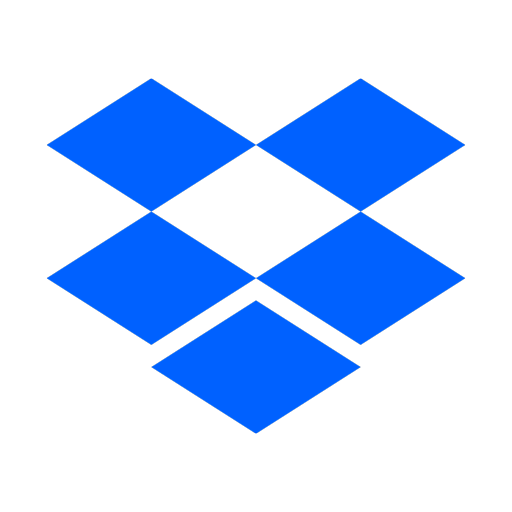
.png/_jcr_content/renditions/hero_square%20(2).webp)

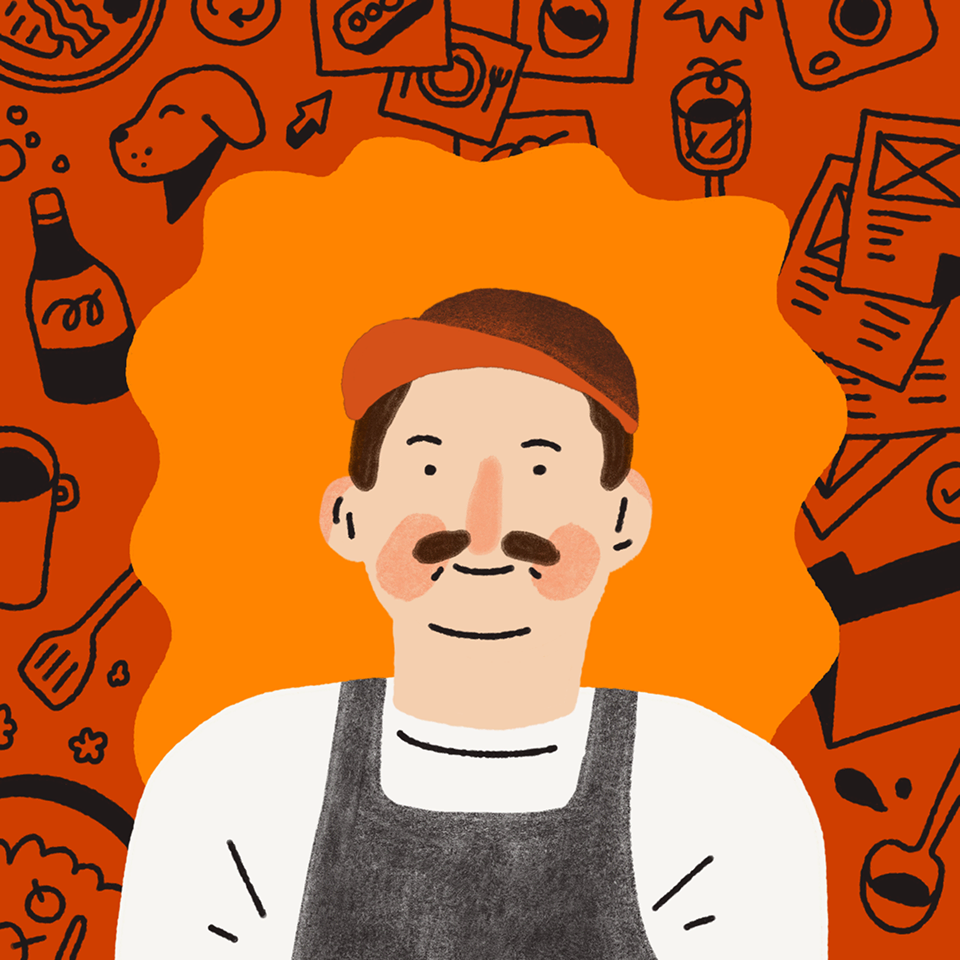





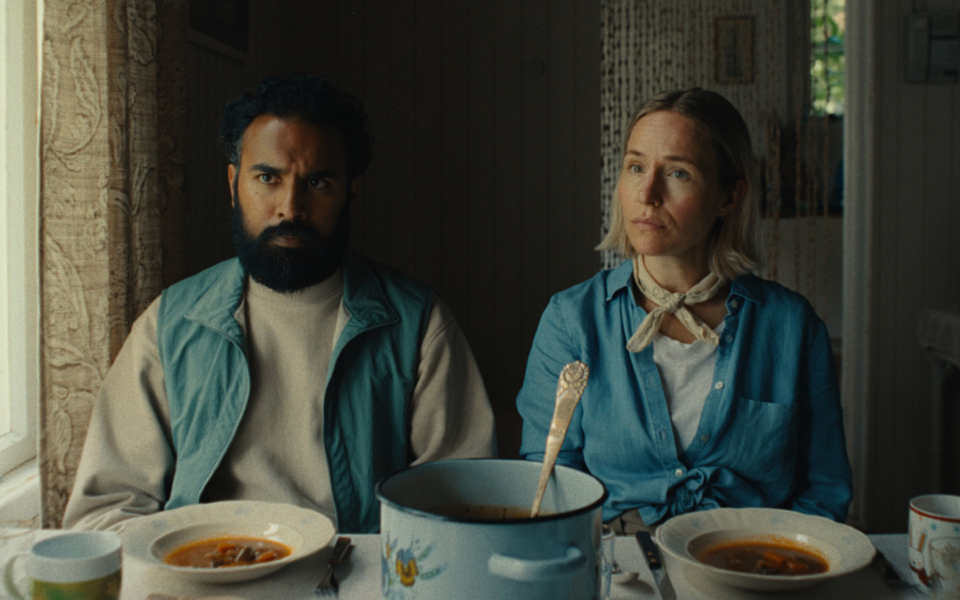
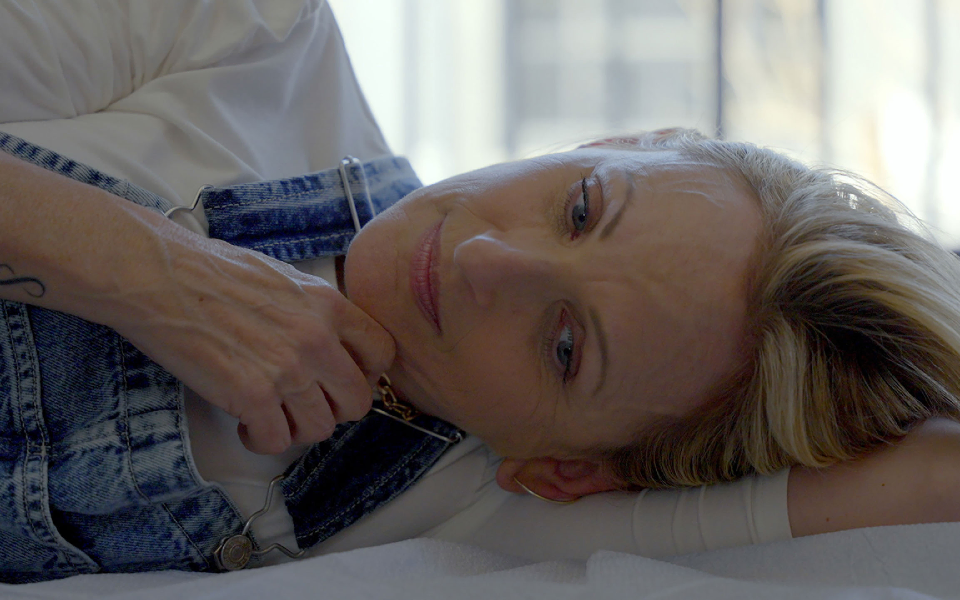




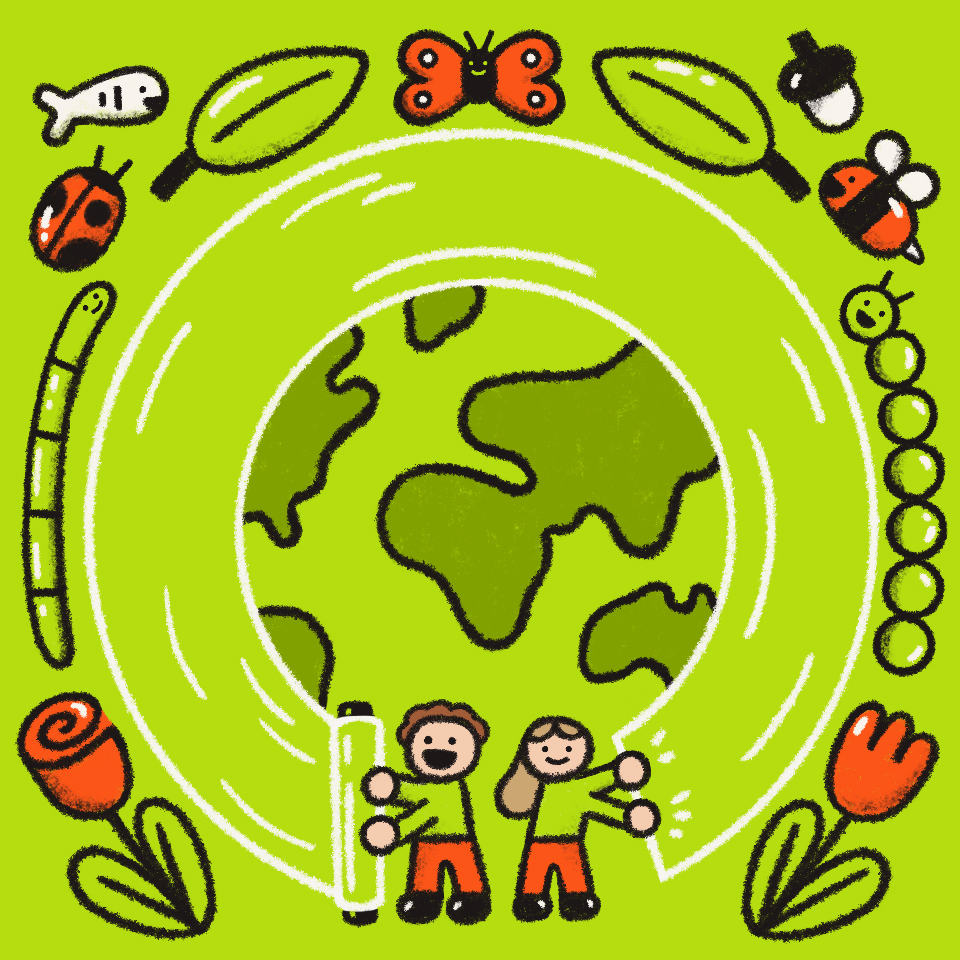
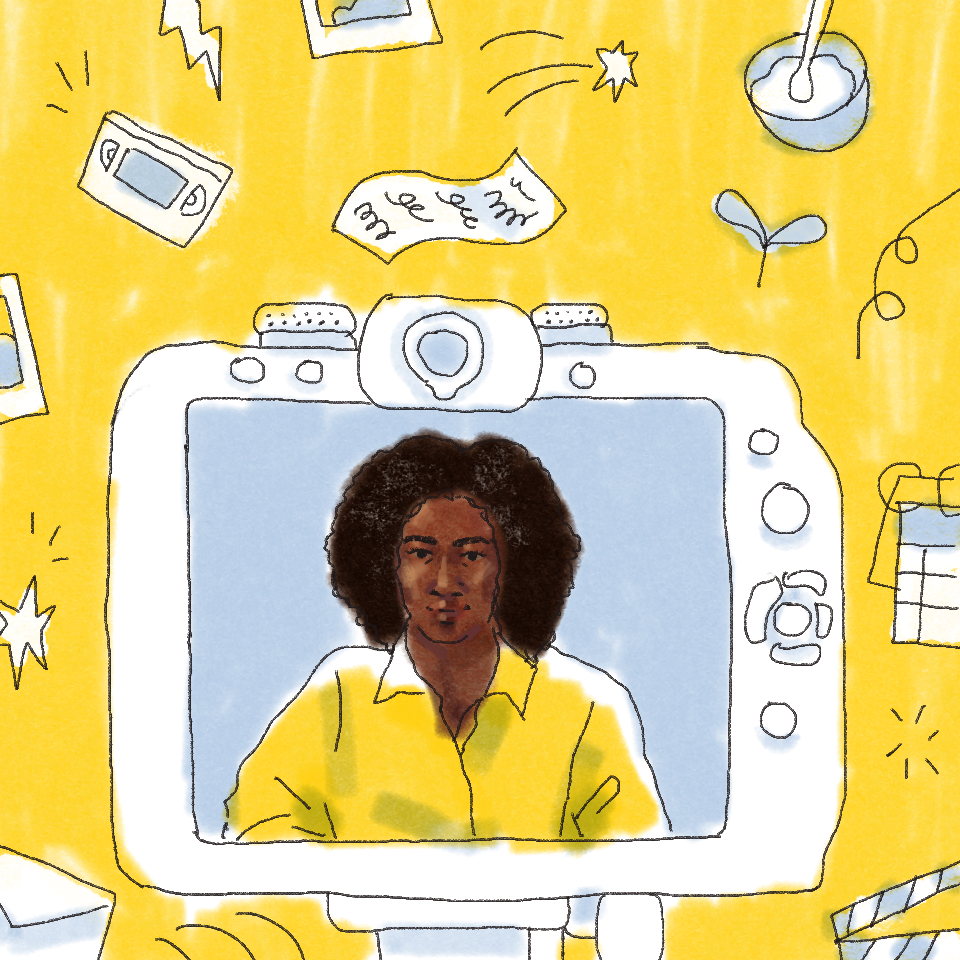
.jpg/_jcr_content/renditions/1200x628%20(5).webp)

